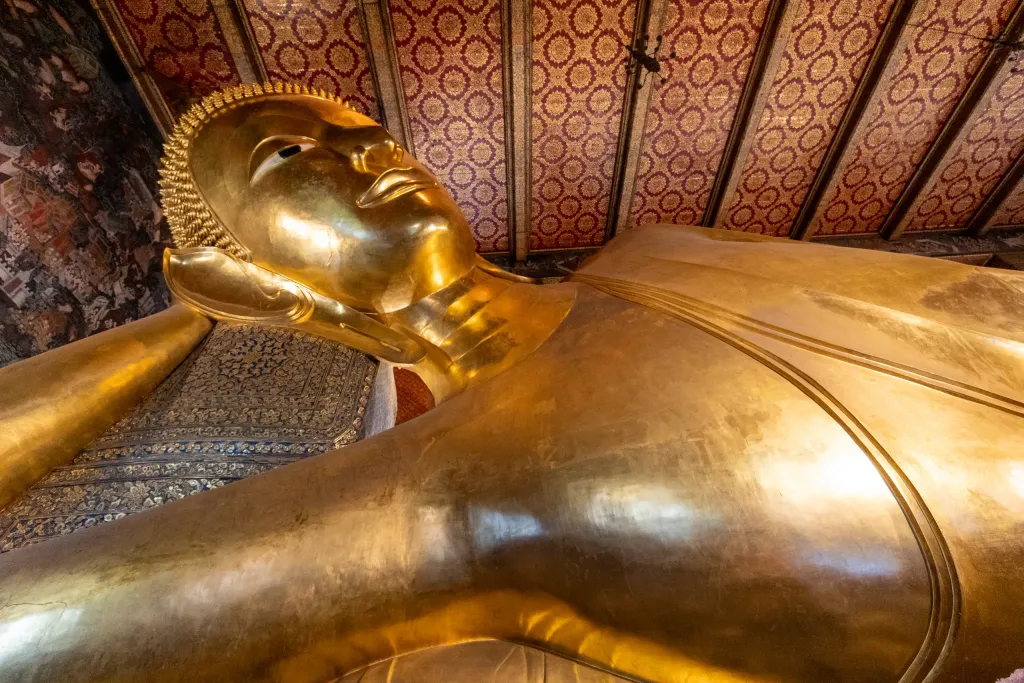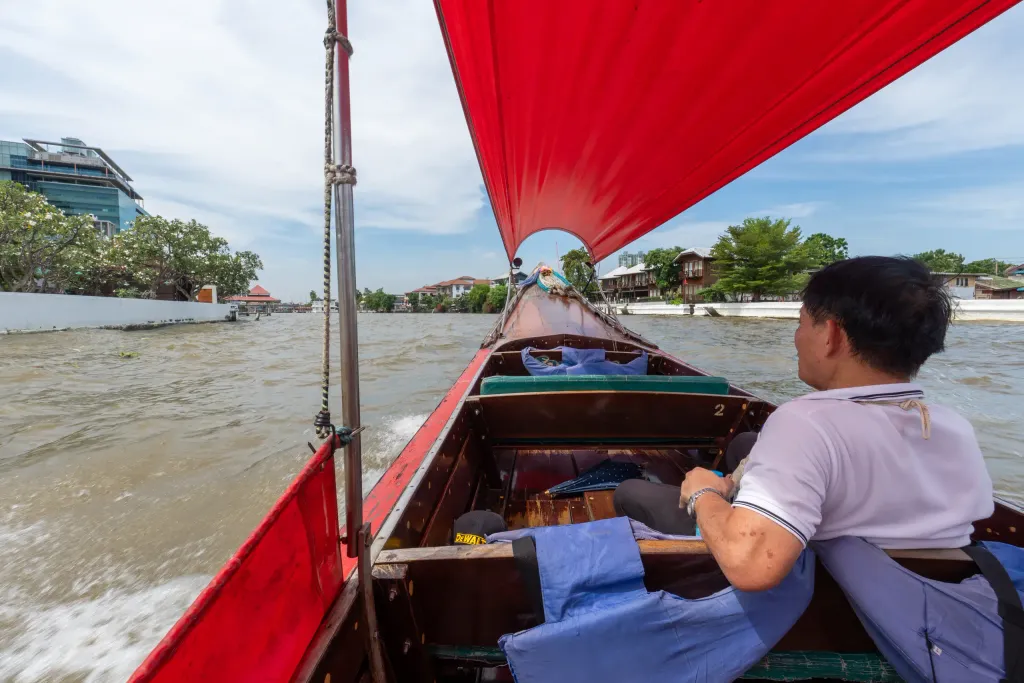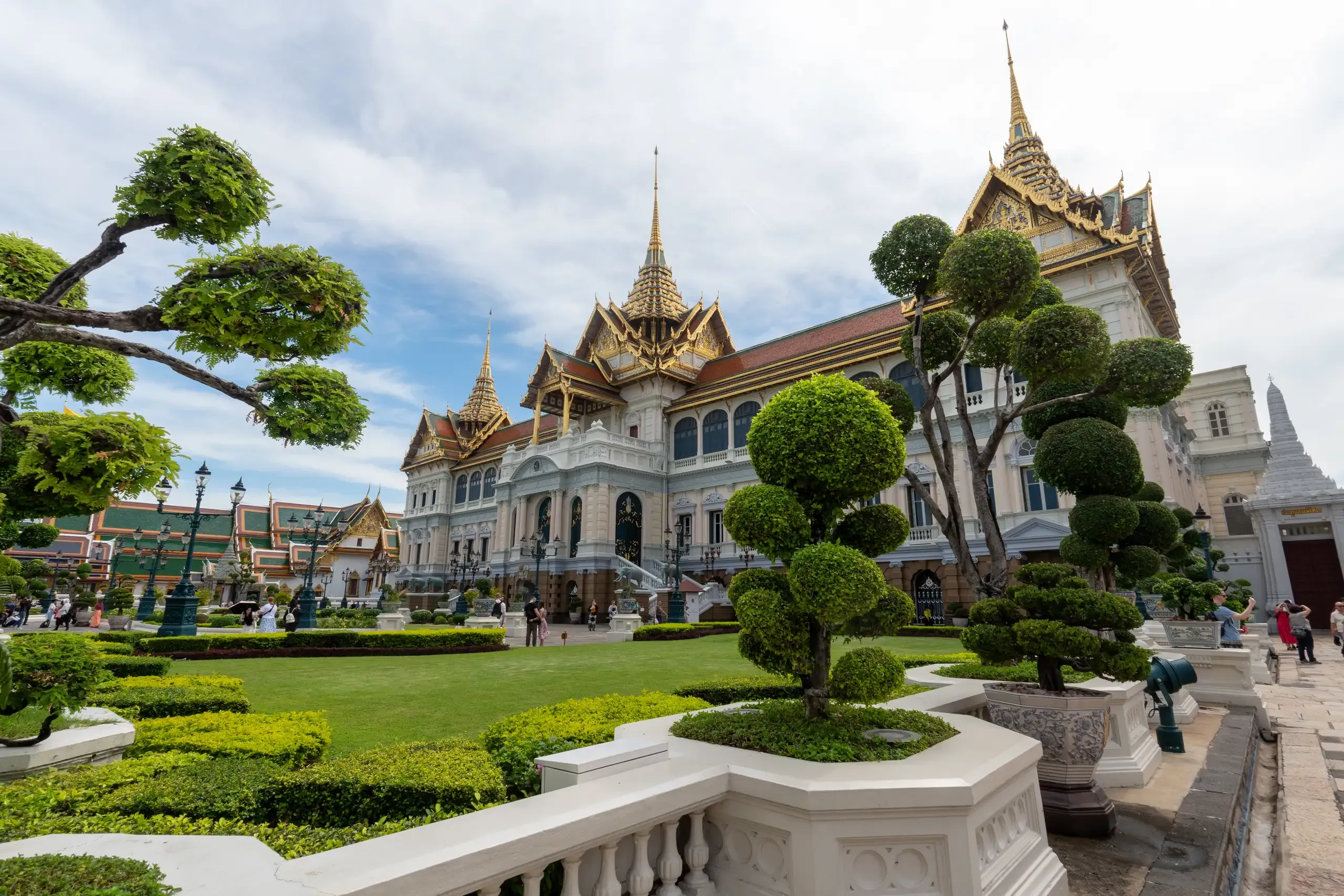

The Bangkok Grand Palace พระบรมมหาราชวัง was constructed by King Rama I as a royal residence covering an area of 218,000 square metres that are enclosed by crenallated walls measuring 19,000 metres. It is laid out with Halls of Residence and Throne Halls as well as administrative buildings and a temple that serves as the Chapel Royal.
Rama I had eight prang or corncob towers on the east of the temple constructed to function as a Chedi monument worthy of veneration (Phra Asada Maha Chedi). The plastered brick chedi are decorated with stucco motifs and glazed tiles of differing colours and dedicated to eight Buddhist concepts.
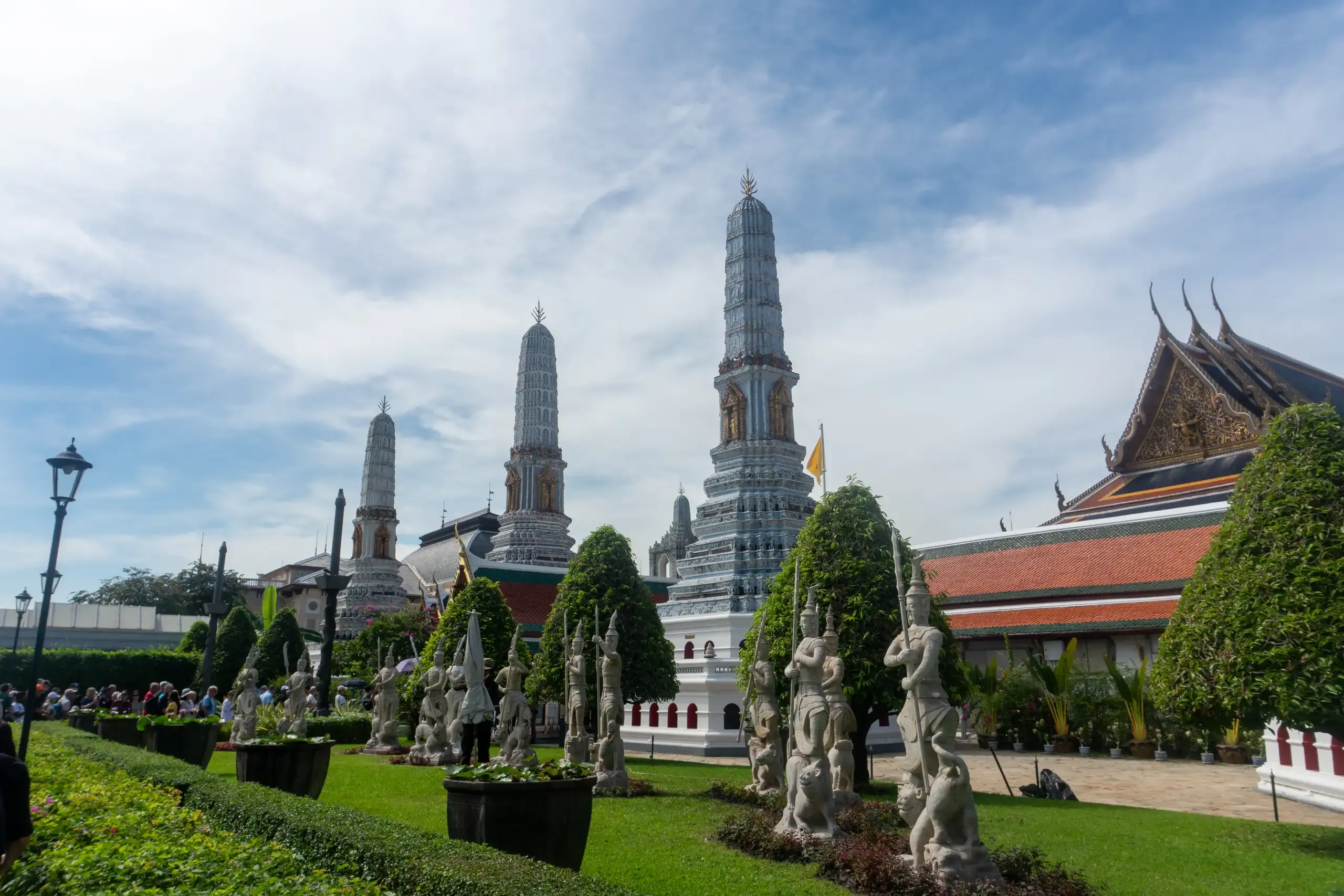
The Prasad Phra Thepbidon Royal Pantheon is a building that has a Prang or corncob spire surmounting its roof. Geometric patterns of coloured glass mosaics adorn its exterior walls and pillars that are interspersed with ceramic tiles.
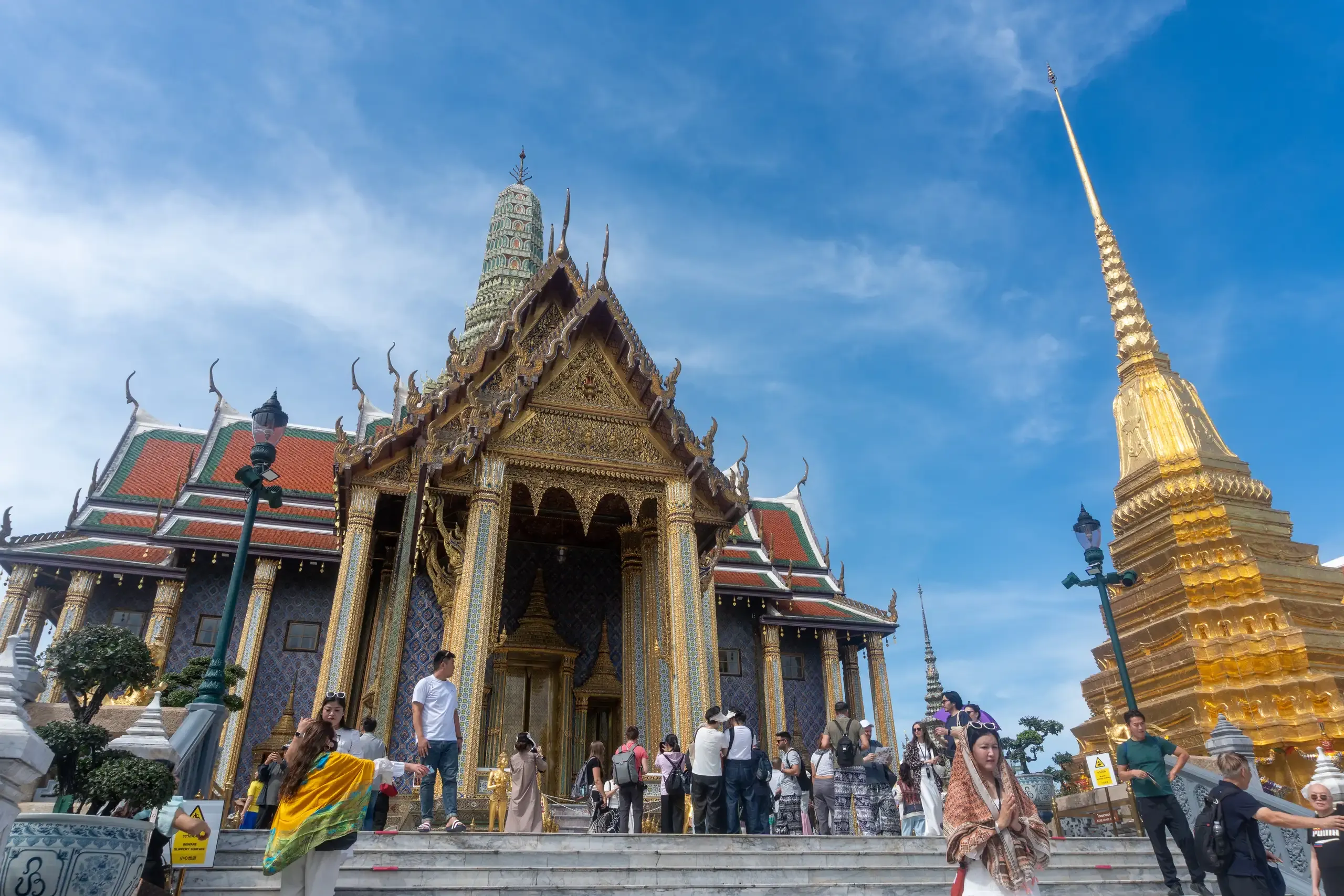
Two golden stupas, titled Phra Suwannachedi (พระสุวรรณเจดีย์), are situated to the east of the terrace, flanking the steps leading up to the Prasat Phra Thep Bidon - this is one of them:

The Phra Ubosot (Convocation Hall) is constructed in the midst of a chest height boundary wall with eight double-sema boundary stones that mark a consecrated area and the double-sema boundary stones signify that the temple was constructed by a king.

The Emerald Buddha that is considered to be an object of national veneration is carved from a block of jasper in the attitude of meditation and is enshrined high up on a tiered base in an altar of gilded wood designed to represent the Busabok aerial chariot of heavenly beings.
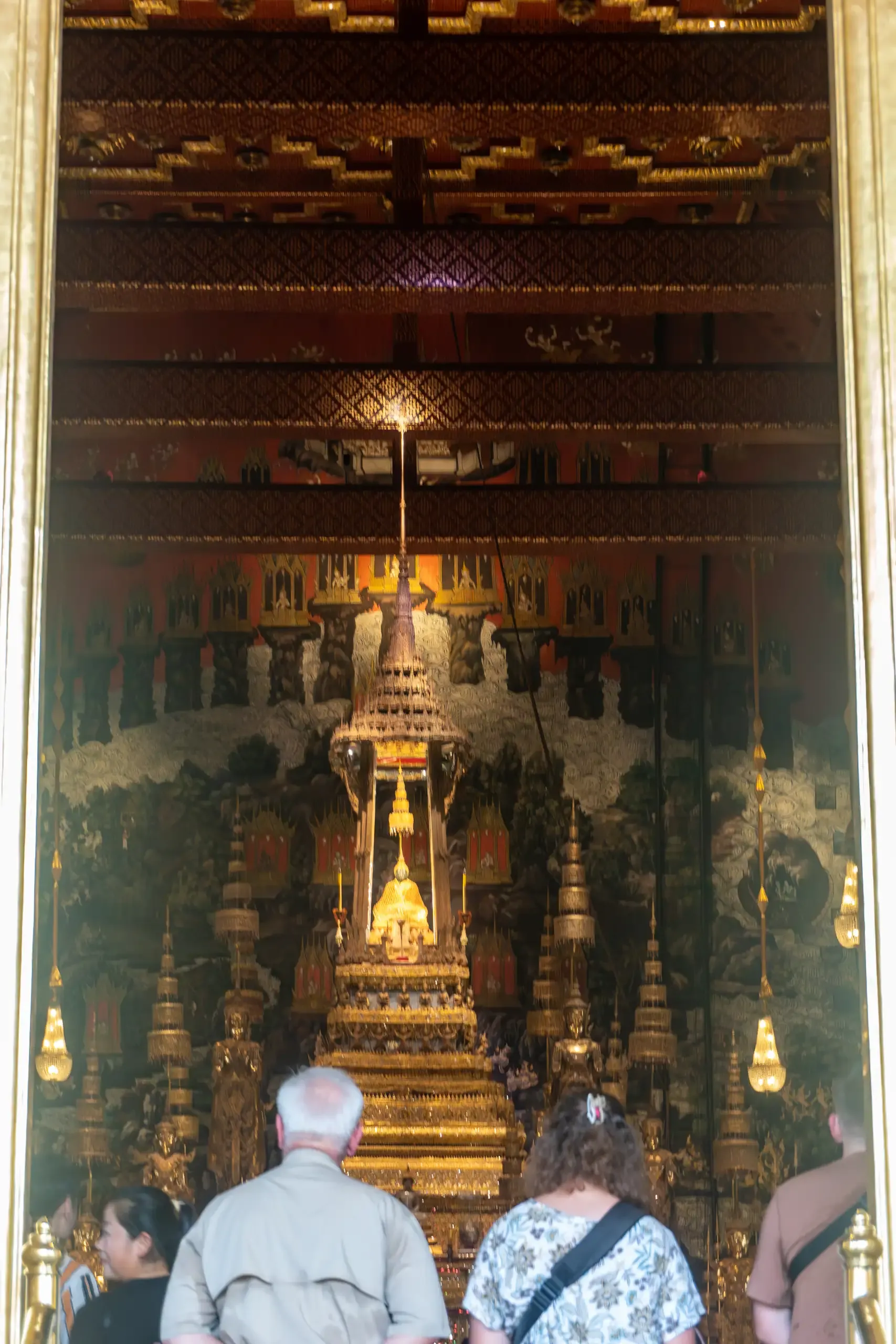
Seven pairs of mythological figures decorate the terrace, made of bronze and gilded with gold leaf. These are half-animal half-human celestial beings which, according to tradition, inhabited the mythical Himavanta forest. Two examples are the Theppaksi, human male upper body with feathered arms, bird lower body, human feet and holding a sword; and Apsarasingha (Apsonsi), human female upper body and lion lower body.
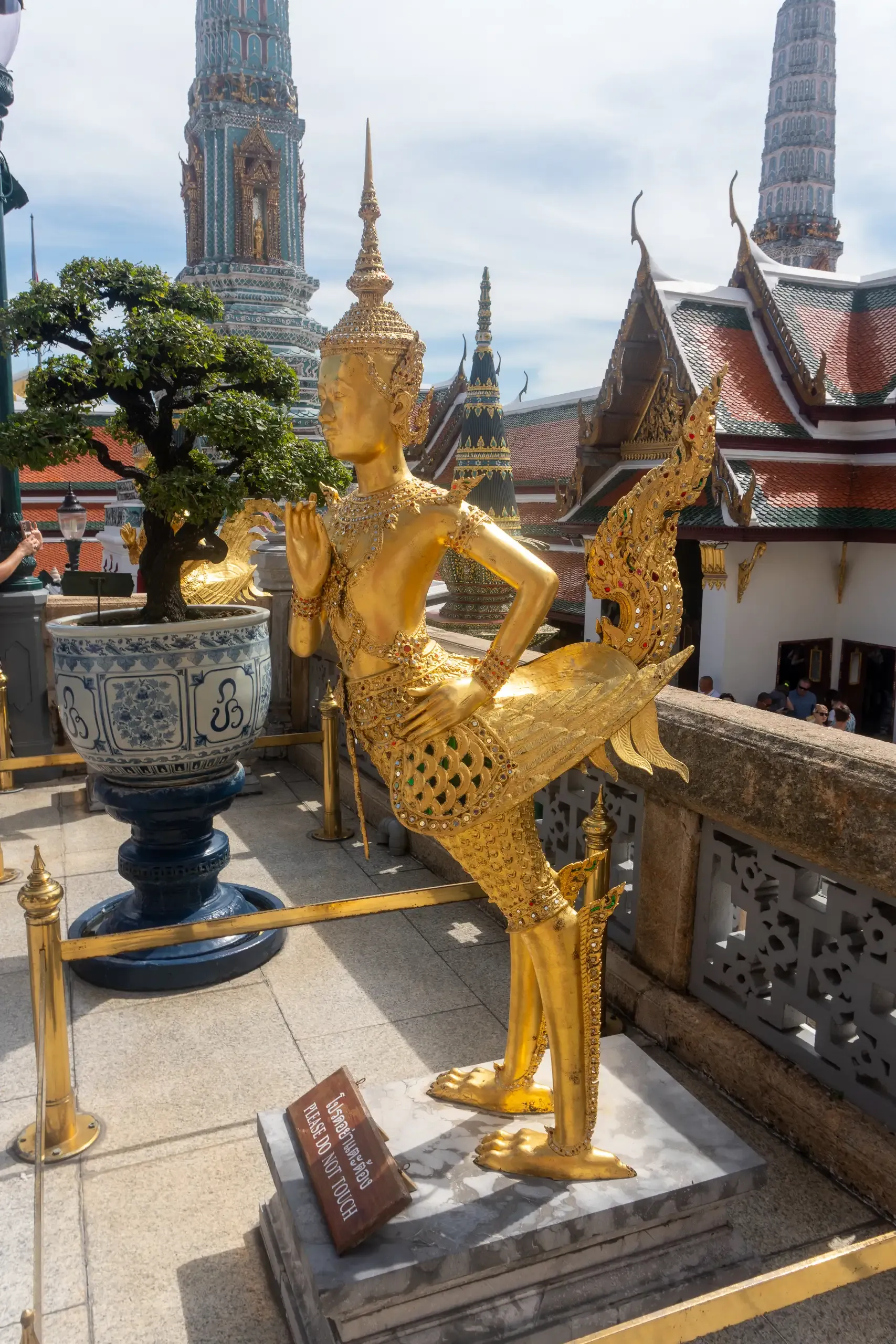
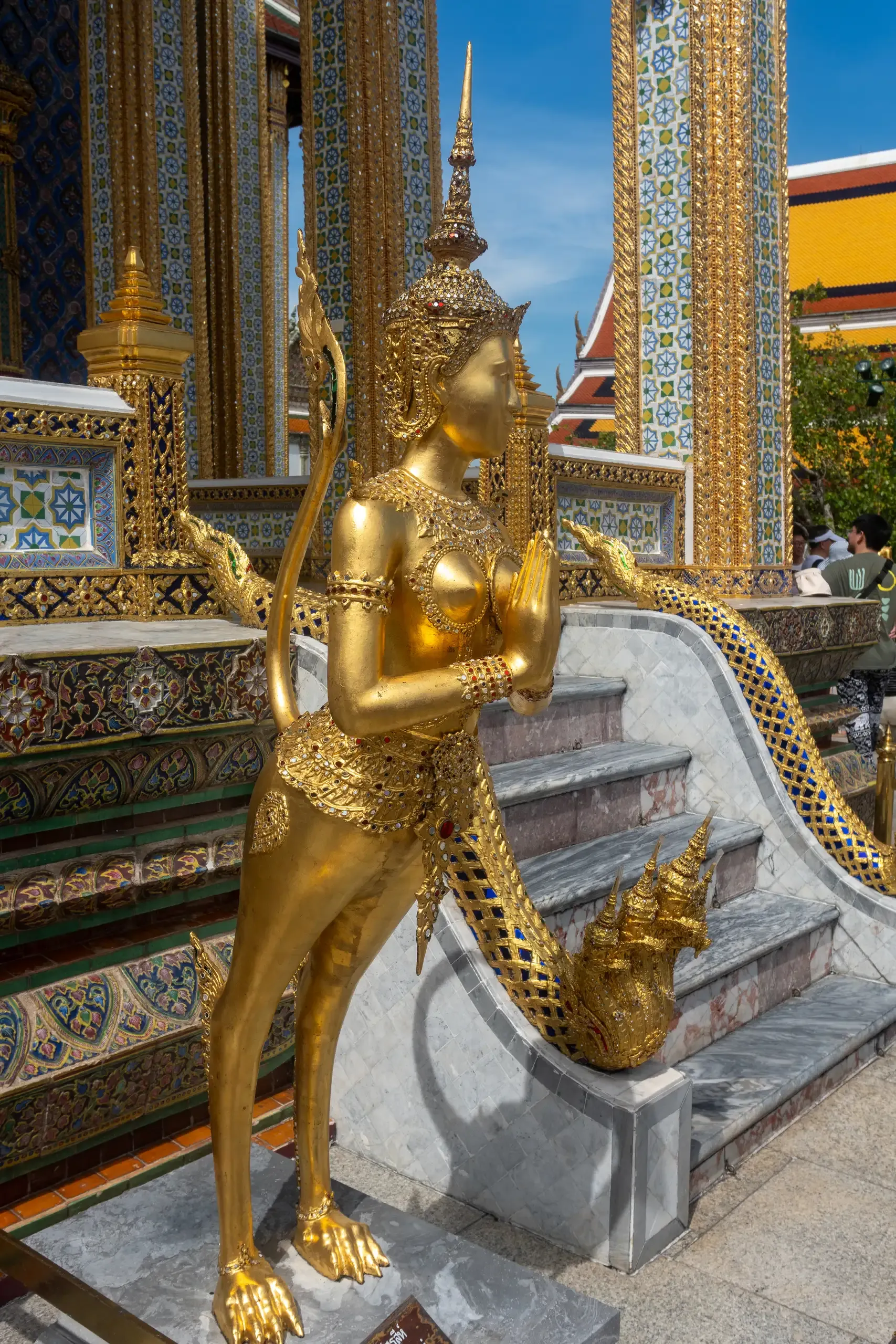
Phra Mondop is a traditional square building with mother-of pearl inlay doors topped by a Thai mondop spired roof was constructed by Rama I to hold a large lacquered mother-of-pearl inlay cabinet containing palm leaf Buddhist Tripitaka scriptures. The exterior walls are covered in glass mosaic and around the base are rows of gilt-stucco Thepanom folded-palm deities atop a row of Asura giants interspersed with mythical Garudas.

The Phra Sawet Kudakhan Wihan Yot (พระเศวตกุฏาคารวิหารยอด) or the Wihan Yot extends northwards from the terrace. The building, a vihara, serves as a Buddha image hall, and was first built by Rama III to house many important Buddha images.
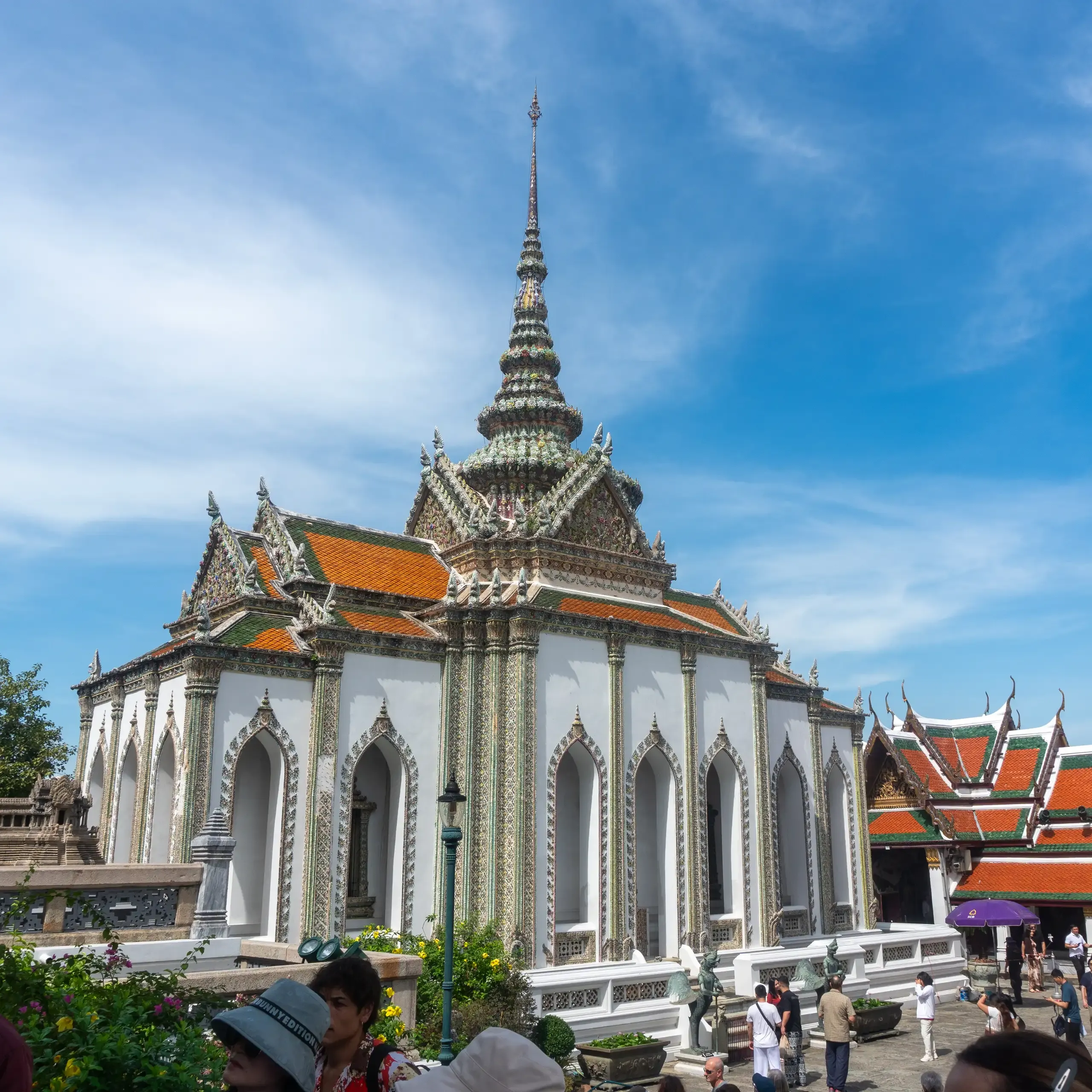
Bronze figures of Tantima birds—birds with a human torso and Garuda head—guard the entrances on the west and east sides.
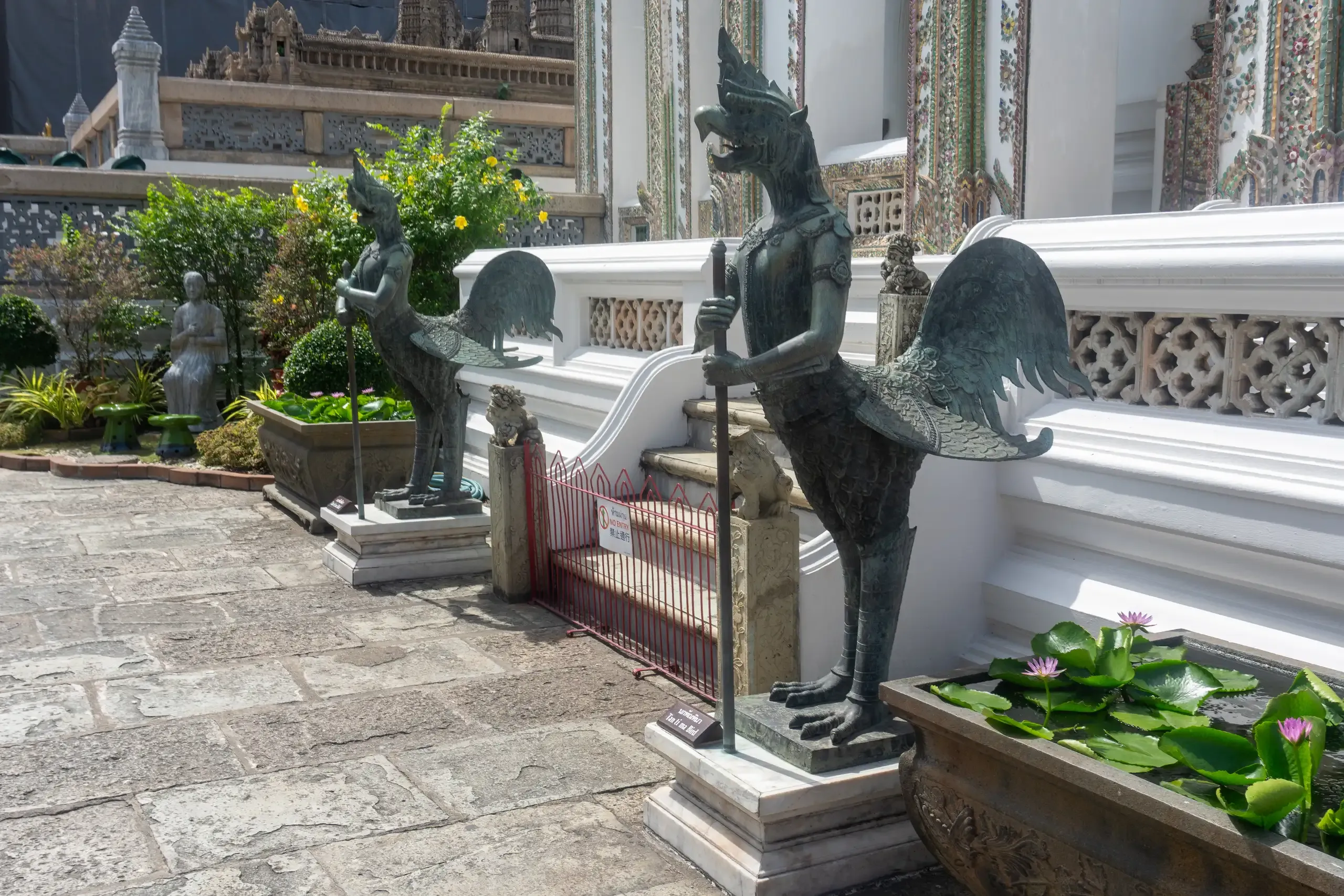
Phra Sri Rattana Chedi is a bell-shaped chedi or stupa of brick and mortar that was constructed in 1855 during the reign of Rama IV to house relics of the Buddha was originally white-washed but was later covered with gold mosaic tiles imported from Italy during the reign of Rama V in time to mark the centenary of Bangkok in 1882.

Four small gilt-bronze busabok (Phra Barom Sanyalak Busabok) that are elevated on marble plinths around the Phra Mondop contain gilt-bronze emblems of the former nine Kings of the Bangkok period. At the base of each busabok are bronze elephant statues on marble bases that represent the auspicious white elephants consecrated in each of the reigns.
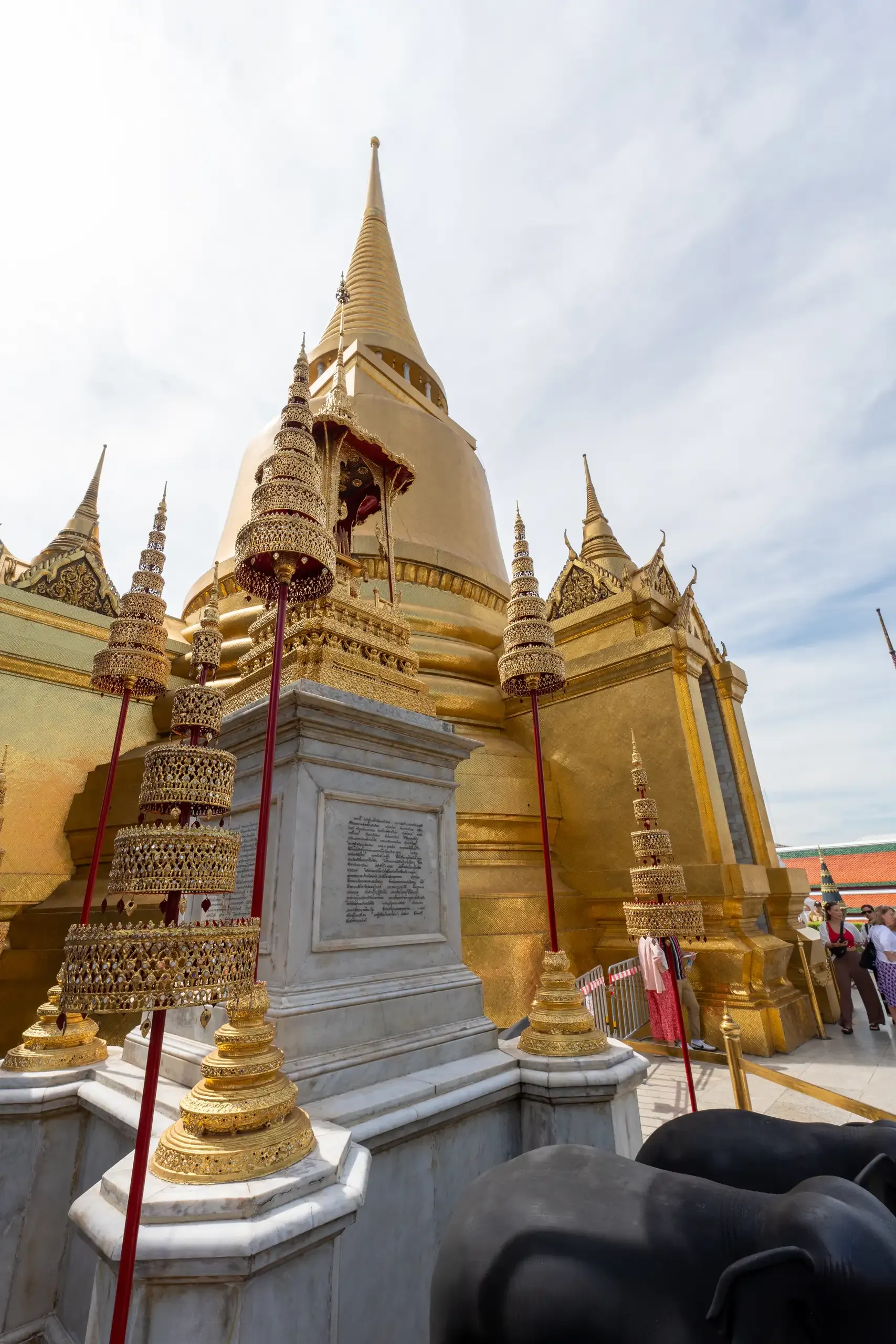
Six pairs of statues of Asura or giants are placed as guardians with their backs to the gates inside the temple compound facing the Phra Ubosoth to show deference to the Emerald Buddha. These are two of them:
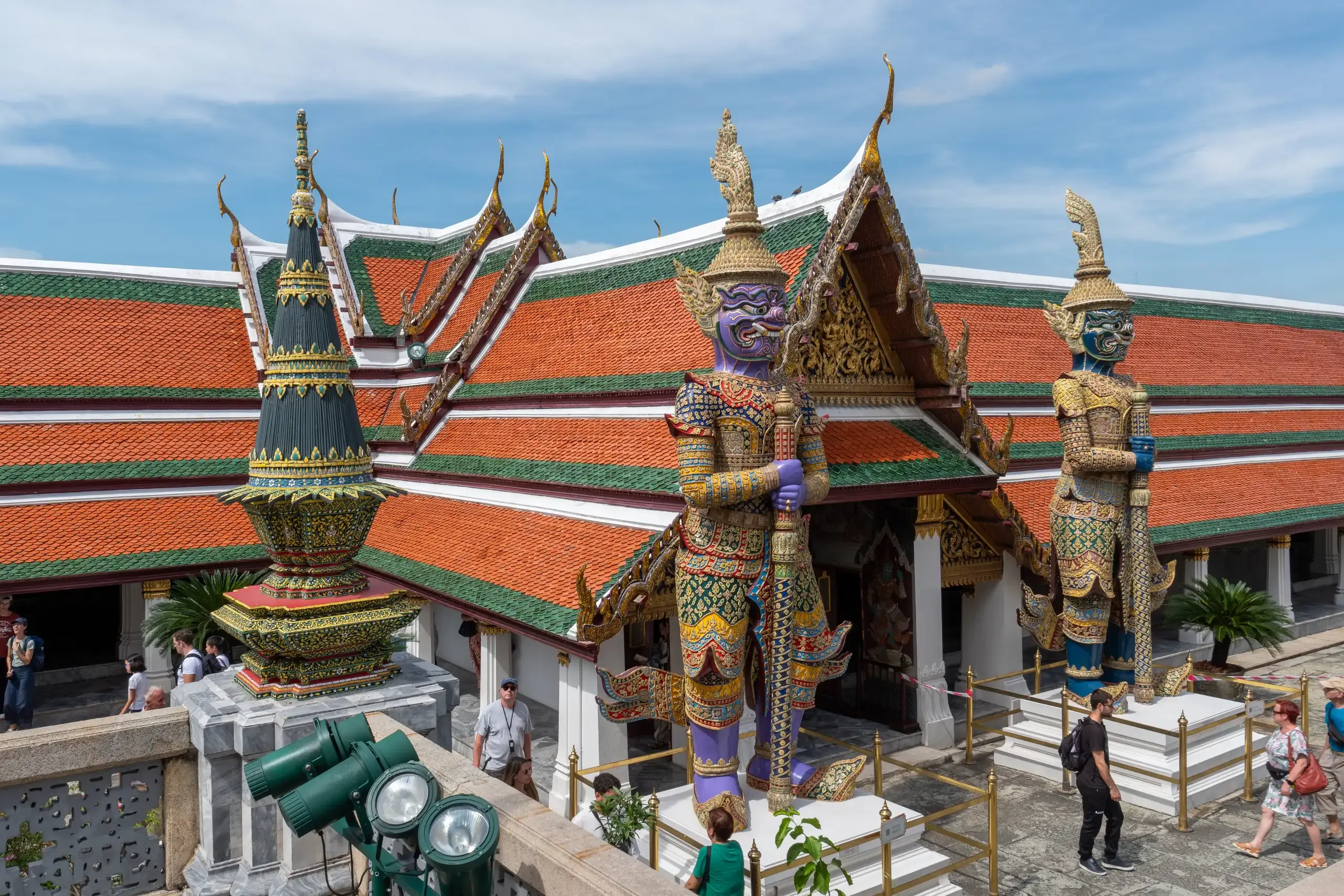
The belfry or bell tower is decorated in floral and foliage patterns with bits and pieces of broken imported Chinese porcelain was begun in the reign of Rama IV to replace the belfry that was built by Rama I and was completed in time for the Centenary of Bangkok in the reign of Rama V.

The Ho Sastragom Hall was built by Rama IV on the foundations of a former building of the reign of Rama I and was used as a chapel and to store auspicious items and talismans for warfare.

The Phra Maha Monthien The Phra Maha Monthian residential complex inside boundary walls was constructed by King Rama I and consists of the Chakkraphat Biman Royal Residence, the Debhasatharn Bilas Hall, the Deba-asana Bilai Hall, the Baisal Daksin Hall, and the Amarindra Vinijaya Throne Hall. All the buildings are connected and include the Ho Phra Suralai Biman and the Ho Phra Dhat Monthian.
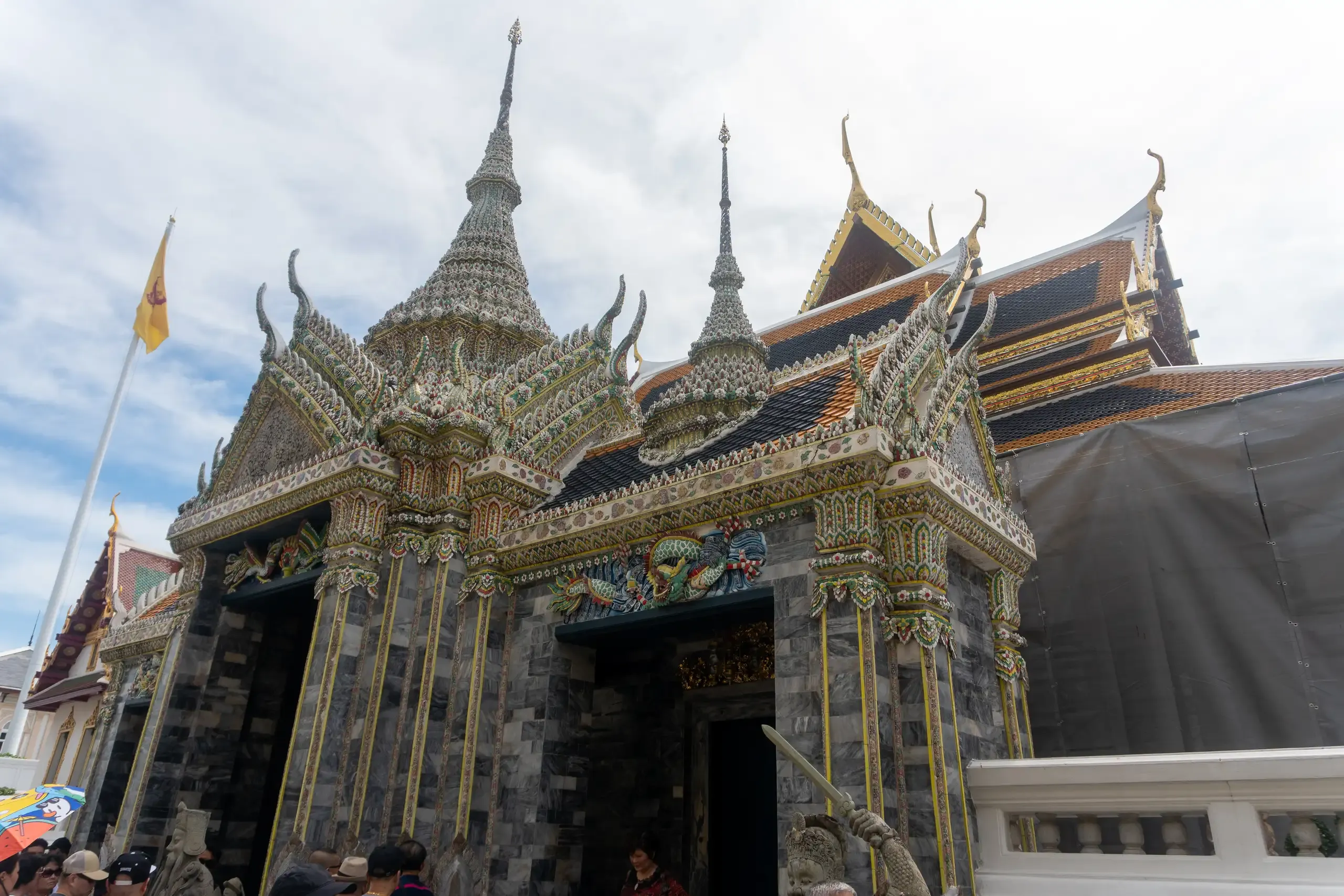
The Grand Palace itself, the Phra Thinang Chakri Maha Prasad, has reception rooms, dining hall and a Throne Hall. The building is in the neo-classical style with a roof surmounted by three Thai-spired Prasad instead of the three domes as stipulated by John Clunich the British architect.

The Dusit Maha Prasad Throne Hall is enclosed by boundary walls as it is part of the residential complex built by Rama I. This brick plastered Throne Hall with a Prasad spired roof with red Garuda clutching the heads and seizing the tails of two Naga serpent statues at the four corners of the seven-tiered Maha Prasad roof replaced the Phra Thinang Indrabhisek Throne Hall that was built in wood and was destroyed in the fire that was caused by a lightning strike in 1789.

Rama IV built the Abhorn Bimok Pavilion behind the west boundary wall of the Phrathinang Dusit Maha Prasad complex as a robing pavilion prior to mounting or after dismounting a palanquin.
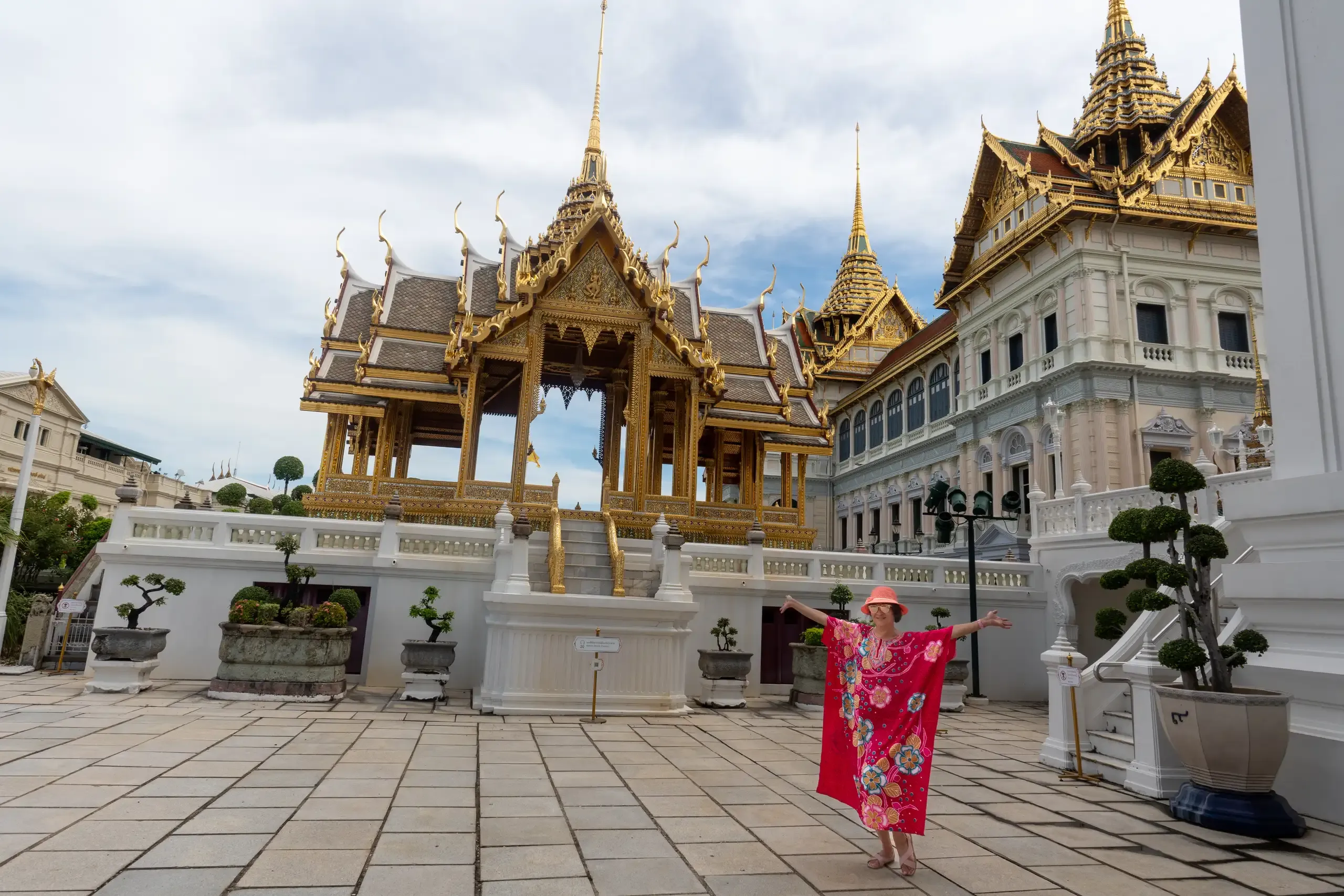
This is a video of the regimental march:
Please click on any photo to view in a lightbox. Use arrow keys or swipe to navigate.
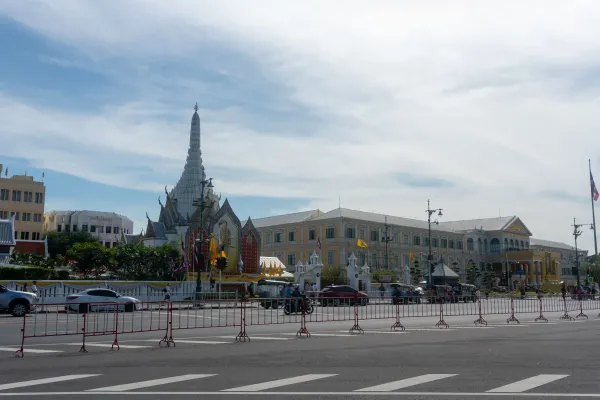 001_Grand_Palace
001_Grand_Palace  002_Grand_Palace
002_Grand_Palace  003_Margaret
003_Margaret  004_Belinda
004_Belinda  005_Chris
005_Chris  008_Phra_Asada_Maha_Chedi
008_Phra_Asada_Maha_Chedi 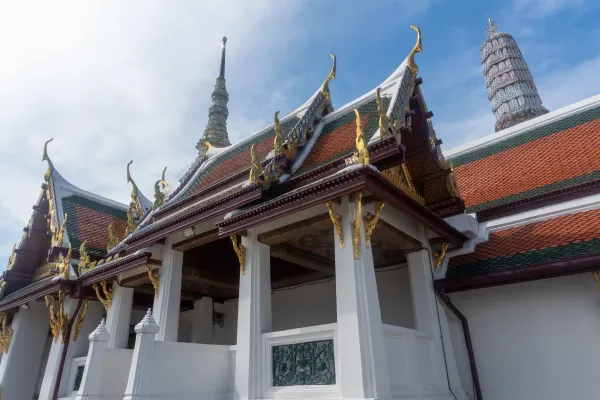 009_Phra_Asada_Maha_Chedi
009_Phra_Asada_Maha_Chedi  010_Phra_Asada_Maha_Chedi
010_Phra_Asada_Maha_Chedi 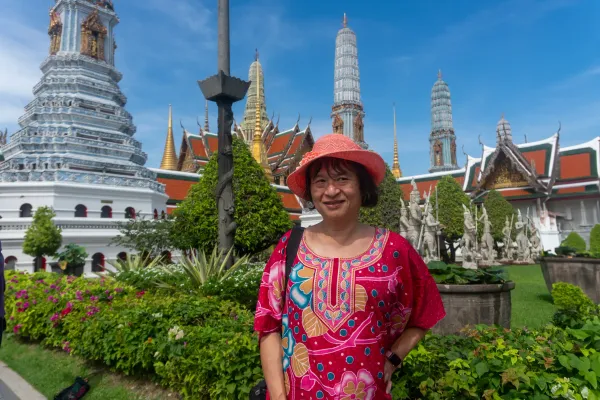 012_Chris
012_Chris 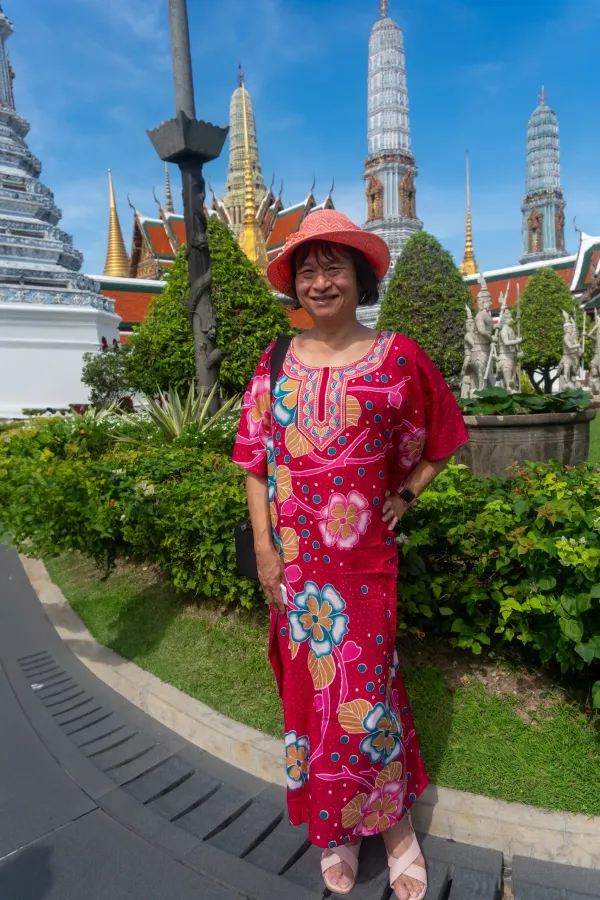 013_Chris
013_Chris 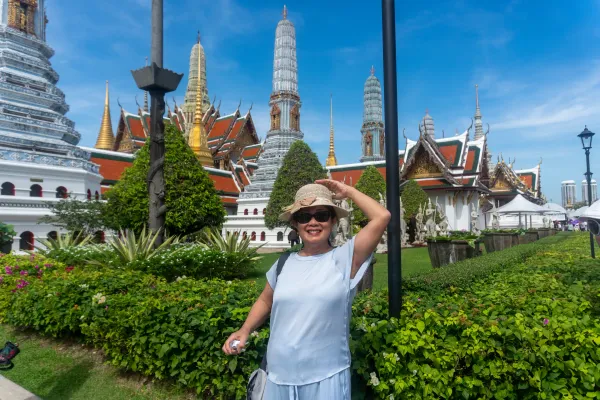 014_Margaret
014_Margaret 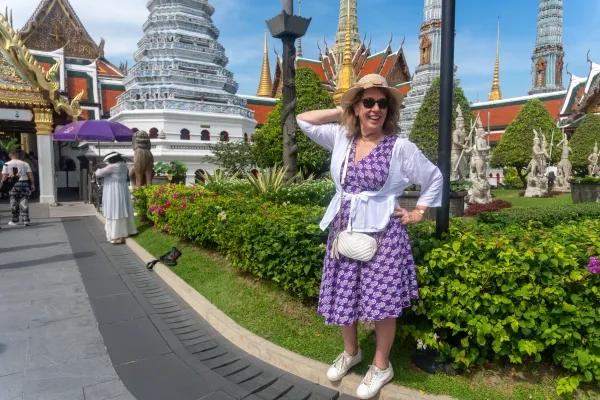 015_Belinda
015_Belinda  017_Phra_Suwannachedi_
017_Phra_Suwannachedi_  018_Phra_Ubosot
018_Phra_Ubosot  019_Grand_Palace
019_Grand_Palace 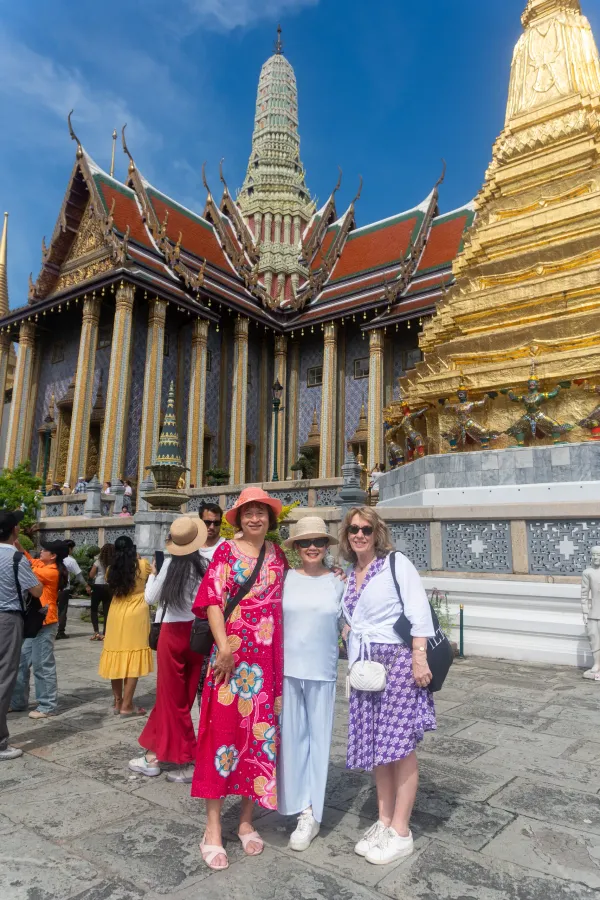 020_Group
020_Group  021_Phra_Asada_Maha_Chedi
021_Phra_Asada_Maha_Chedi  022_Prasat_Phra_Thep_Bidon
022_Prasat_Phra_Thep_Bidon 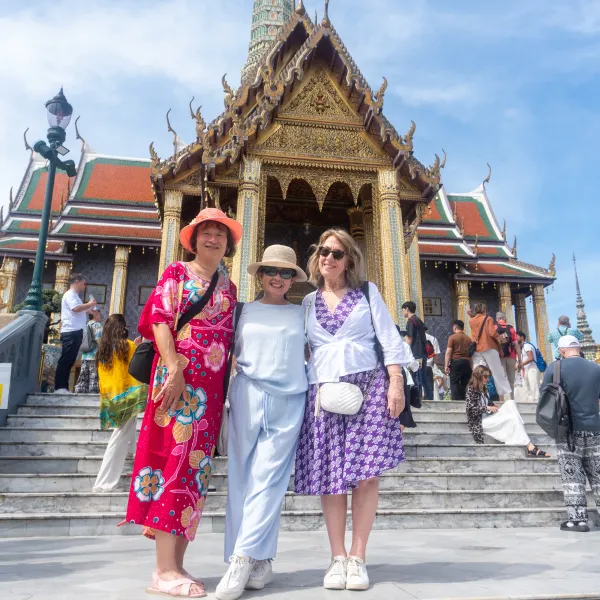 023_Group
023_Group 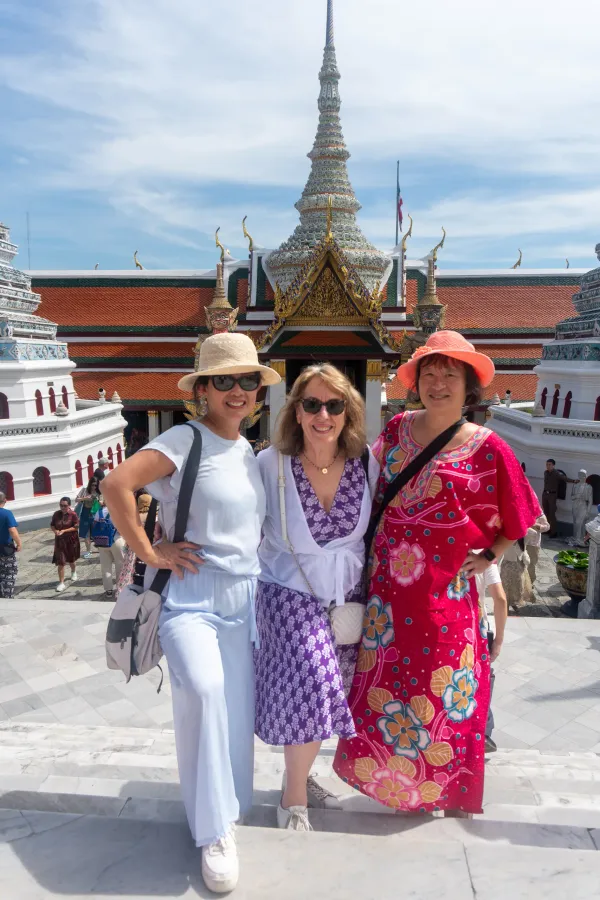 024_Group
024_Group 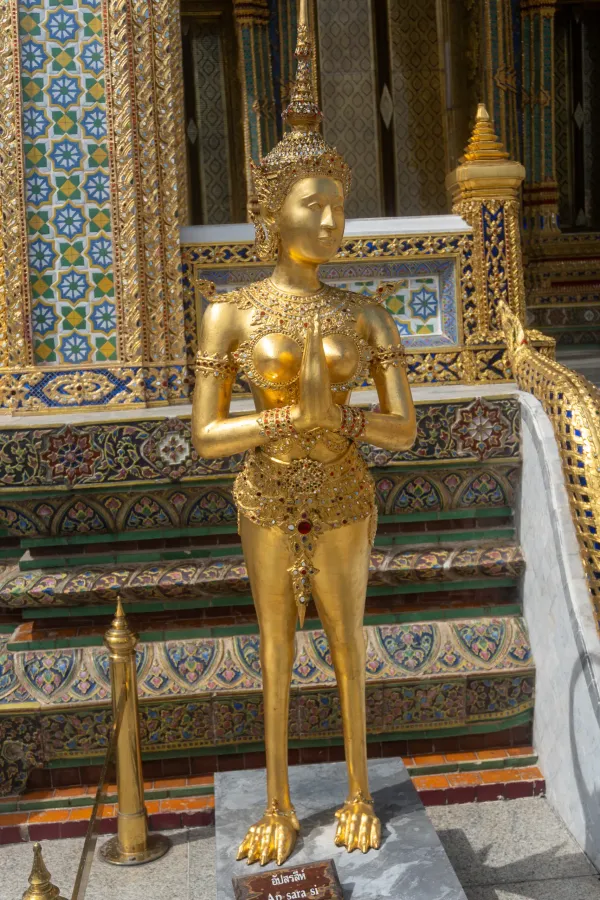 026_Apsarasingha
026_Apsarasingha  027_Apsarasingha
027_Apsarasingha 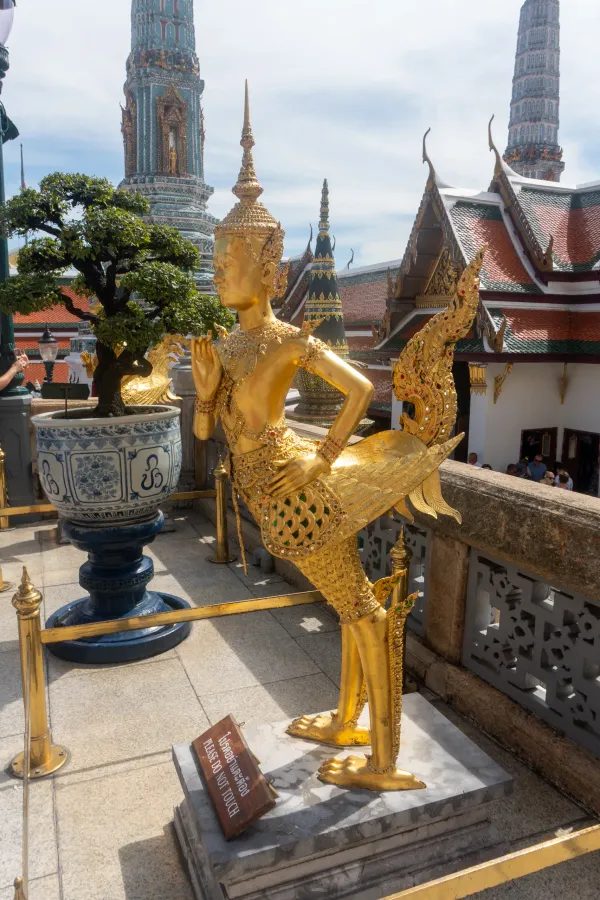 028_Theppaksi
028_Theppaksi 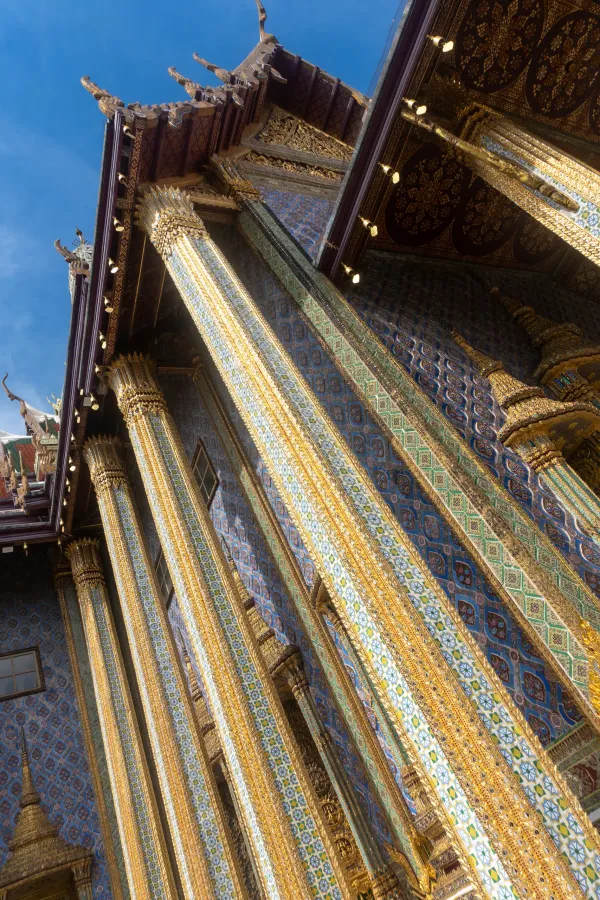 029_Phra_Mondop
029_Phra_Mondop  030_Belinda_and_Margaret
030_Belinda_and_Margaret 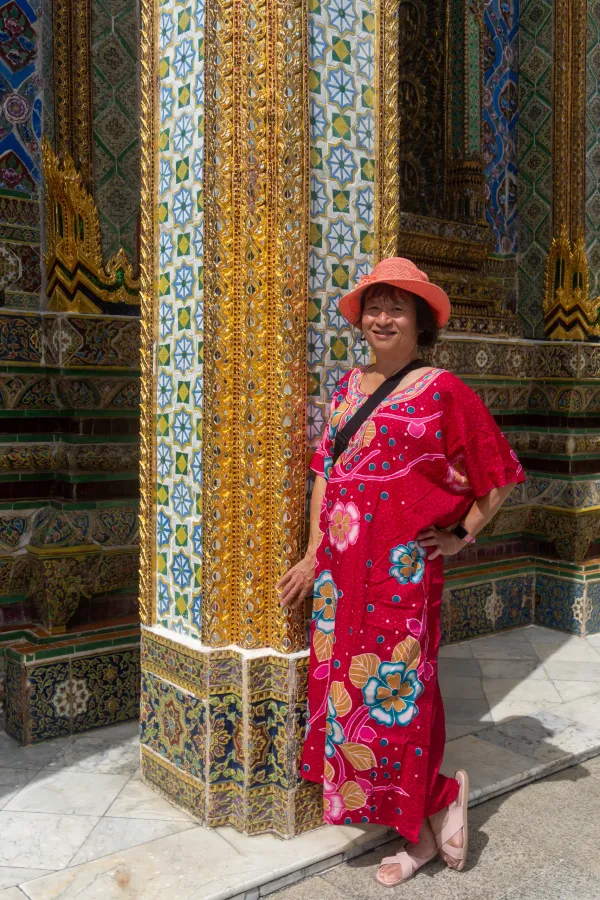 031_Chris
031_Chris 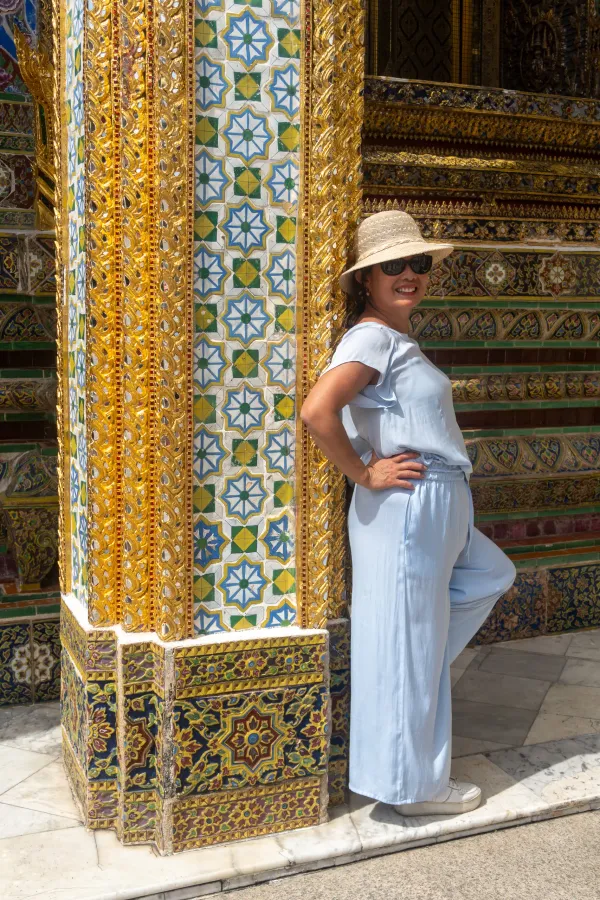 032_Margaret
032_Margaret  033_Belinda
033_Belinda 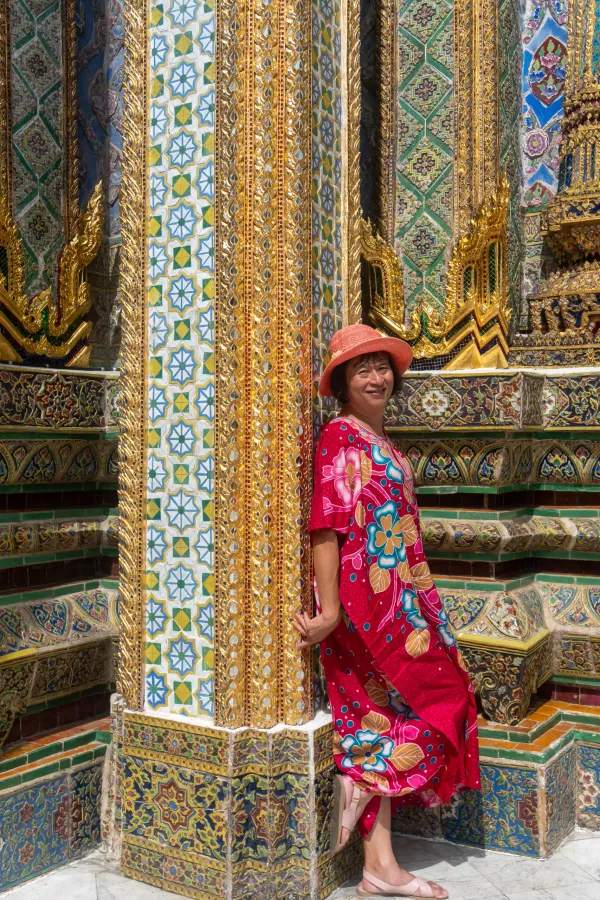 034_Chris
034_Chris 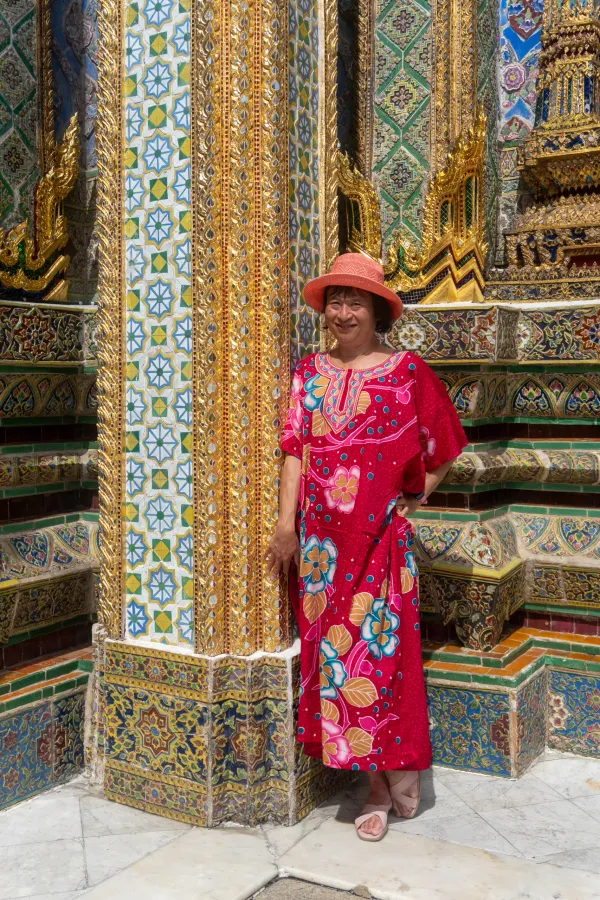 035_Chris
035_Chris 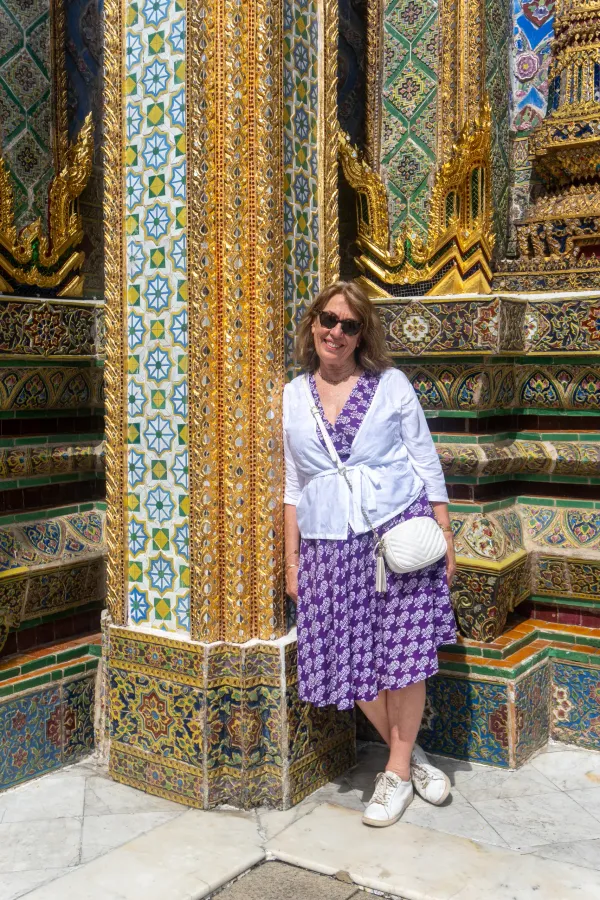 036_Belinda
036_Belinda  037_Margaret
037_Margaret  038_Prasat_Phra_Thep_Bidon
038_Prasat_Phra_Thep_Bidon  039_Phra_Sawet_Kudakhan_Wihan_Yot
039_Phra_Sawet_Kudakhan_Wihan_Yot 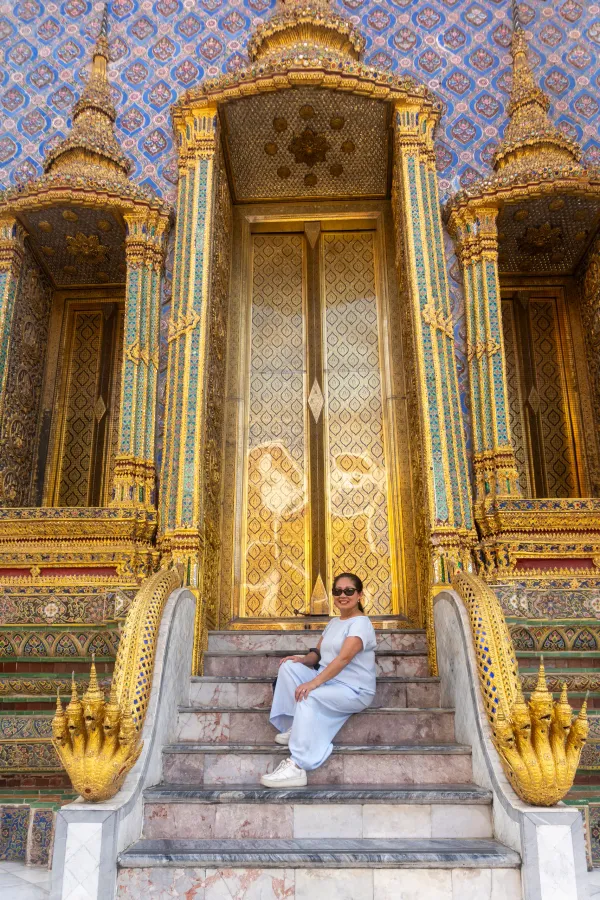 040_Margaret
040_Margaret  041_Margaret
041_Margaret 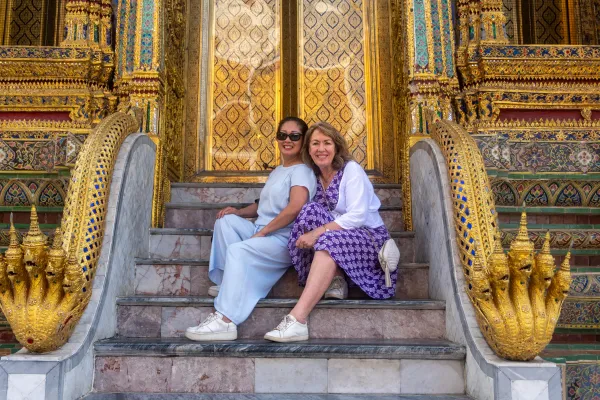 042_Margaret_and_Belinda
042_Margaret_and_Belinda 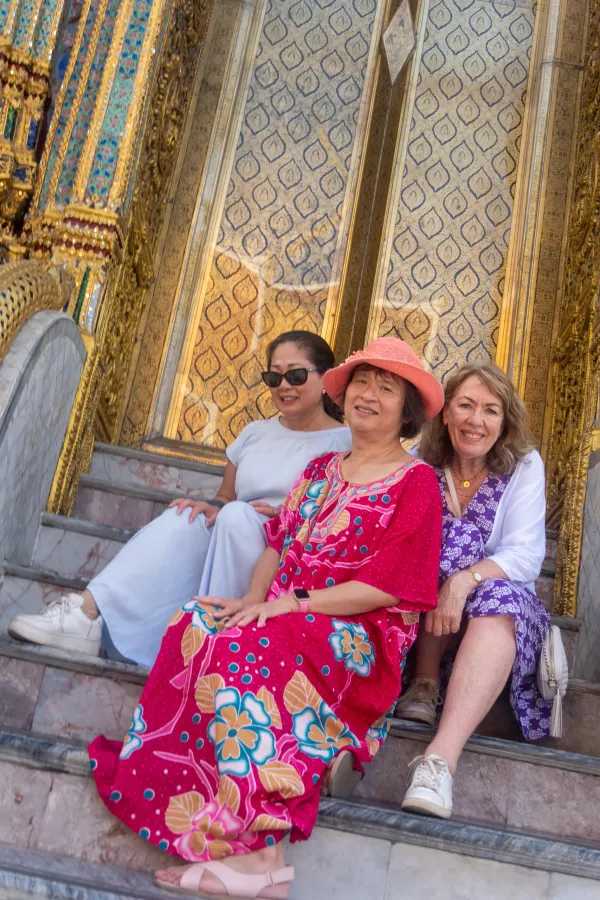 043_Group
043_Group 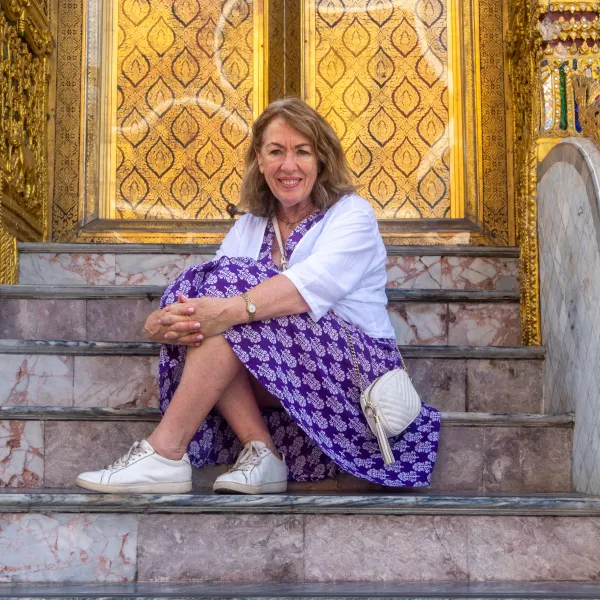 044_Belinda
044_Belinda 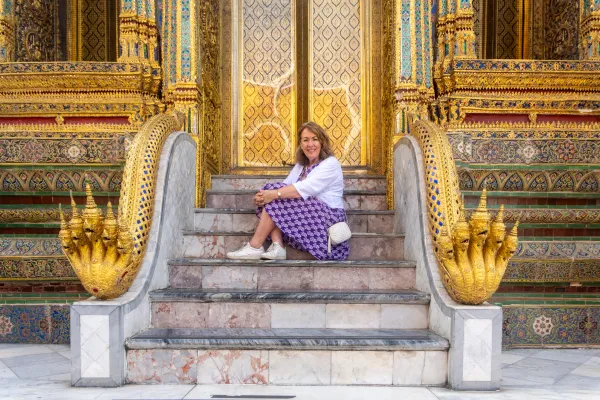 045_Belinda
045_Belinda 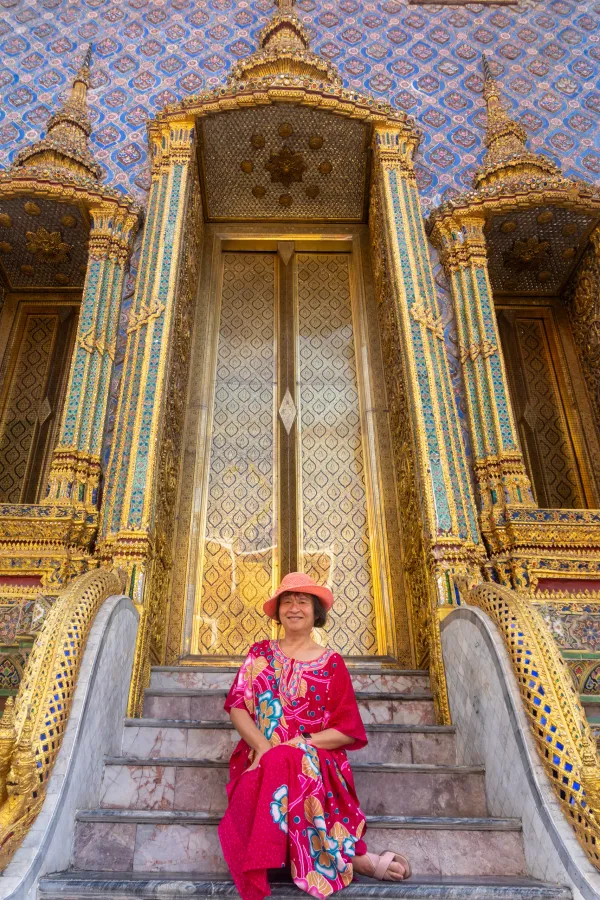 046_Chris
046_Chris  047_Lotus
047_Lotus 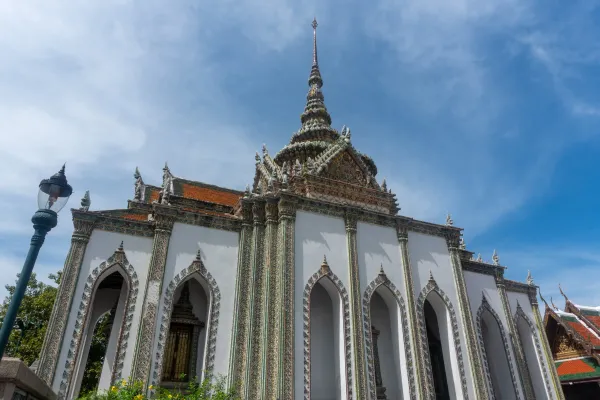 048_Phra_Sawet_Kudakhan_Wihan_Yot
048_Phra_Sawet_Kudakhan_Wihan_Yot  049_Tantima
049_Tantima  050_Lotus
050_Lotus 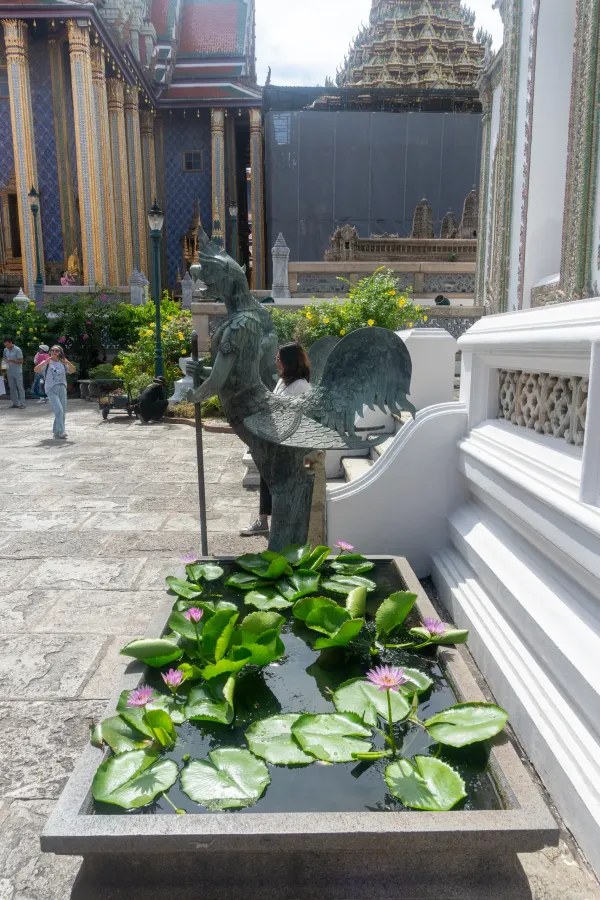 051_Tantima_and_Lotus
051_Tantima_and_Lotus 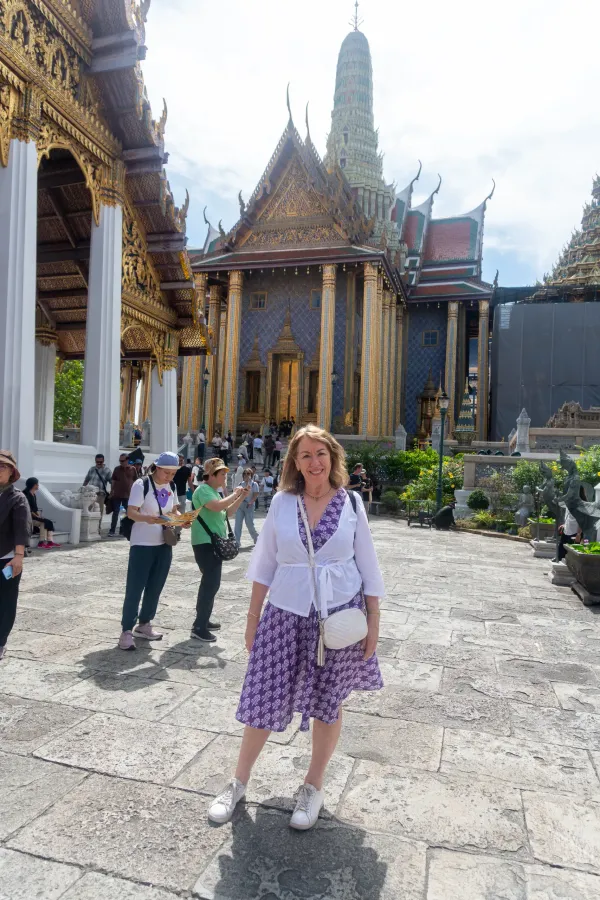 052_Belinda
052_Belinda 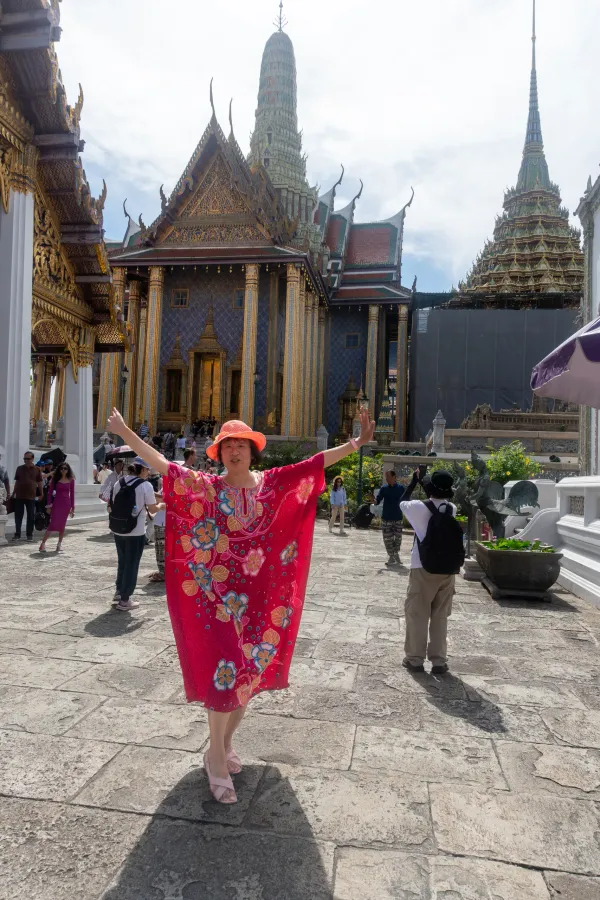 053_Chris
053_Chris 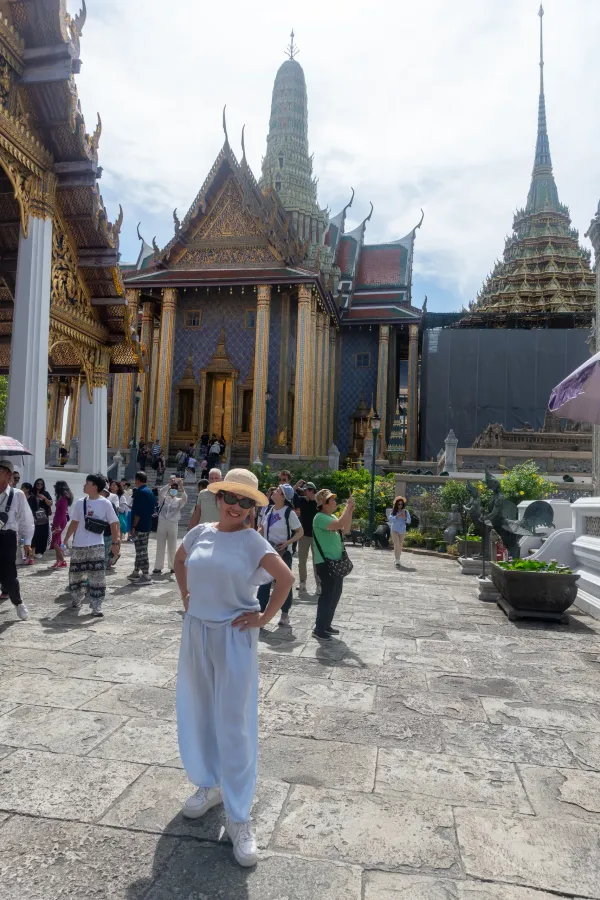 054_Margaret
054_Margaret  055_Phra_Sri_Rattana_Chedi
055_Phra_Sri_Rattana_Chedi 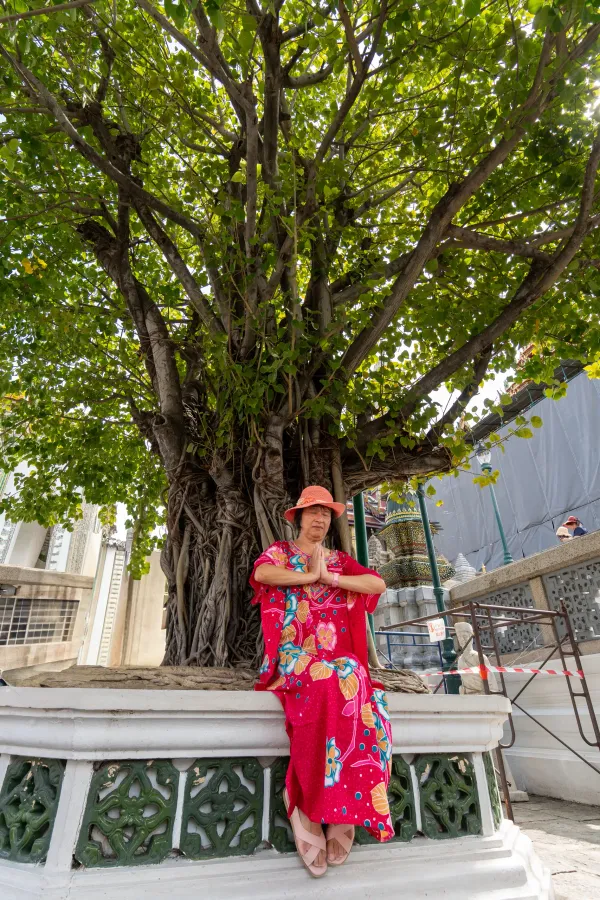 056_Chris
056_Chris 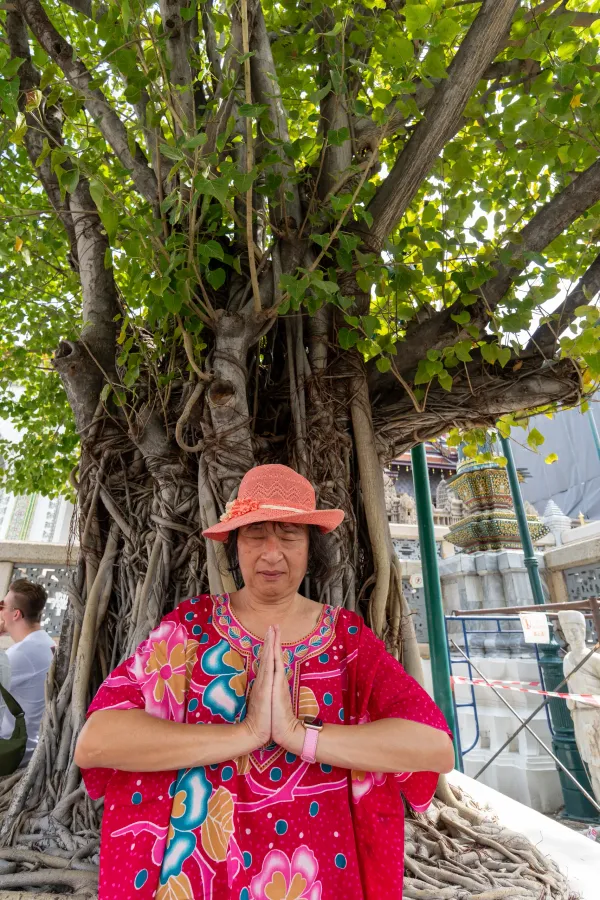 057_Chris
057_Chris 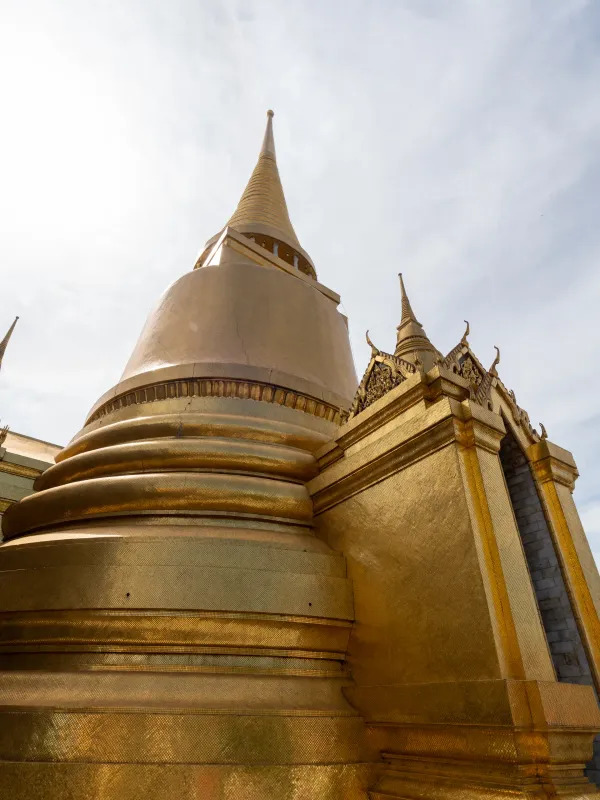 058_Phra_Sri_Rattana_Chedi
058_Phra_Sri_Rattana_Chedi  059_Model_of_Angkor_Wat
059_Model_of_Angkor_Wat  060_Model_of_Angkor_Wat
060_Model_of_Angkor_Wat  061_Phra_Barom_Sanyalak_Busabok
061_Phra_Barom_Sanyalak_Busabok 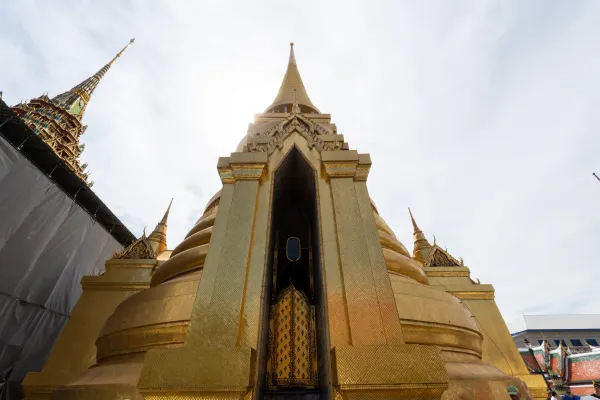 062_Phra_Sri_Rattana_Chedi
062_Phra_Sri_Rattana_Chedi 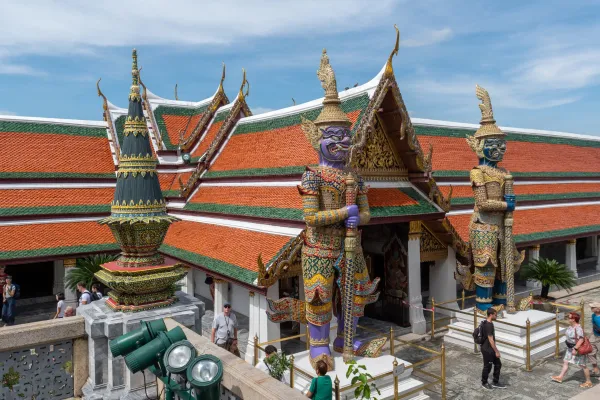 063_Giant_Asura_Guardians
063_Giant_Asura_Guardians 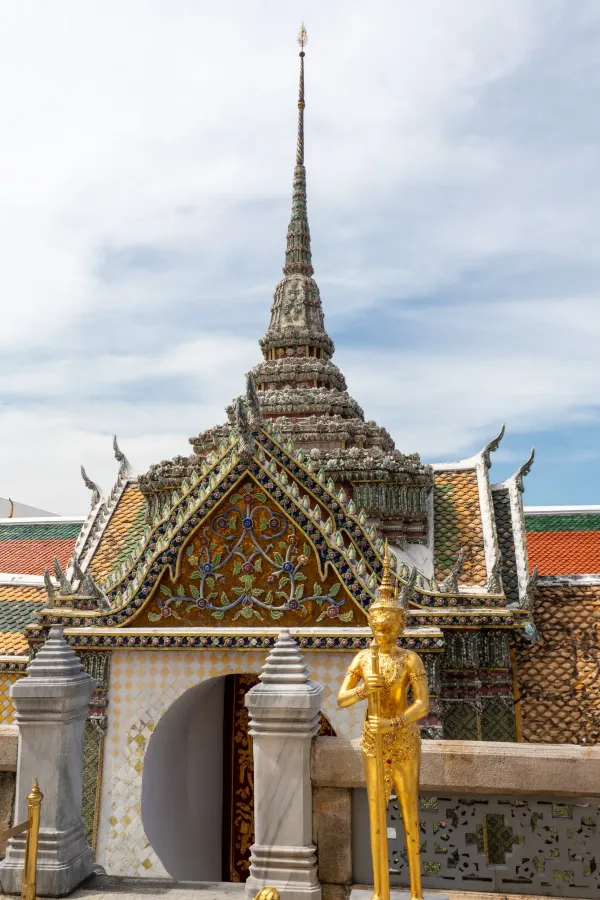 064_Bodhit_Dhat_Biman
064_Bodhit_Dhat_Biman  065_Phra_Sri_Rattana_Chedi
065_Phra_Sri_Rattana_Chedi 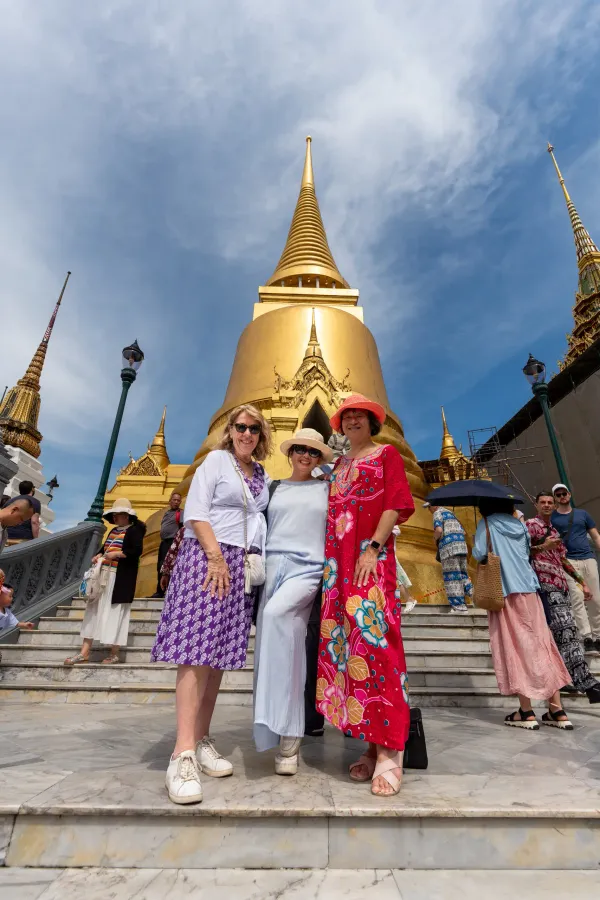 066_Group
066_Group 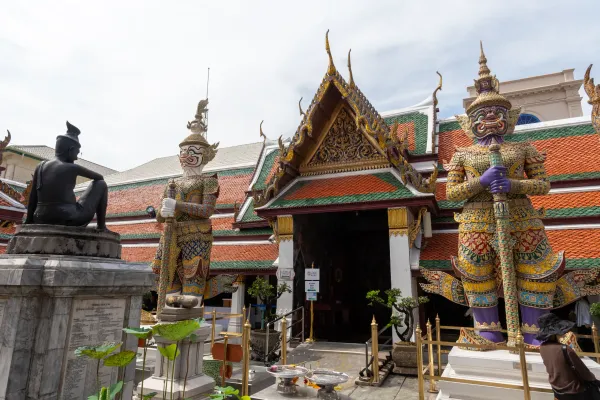 067_Hermit_Figure
067_Hermit_Figure  068_Belfry
068_Belfry 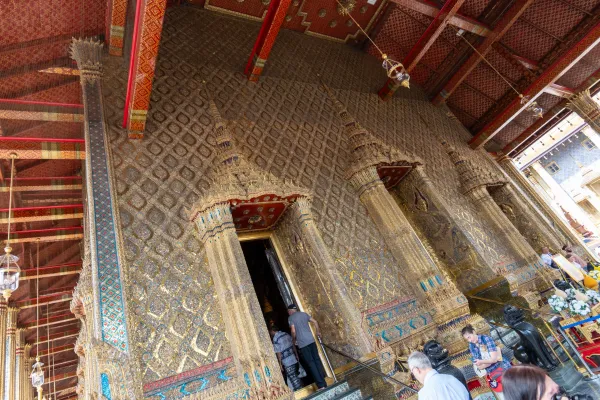 069_Phra_Ubosot
069_Phra_Ubosot 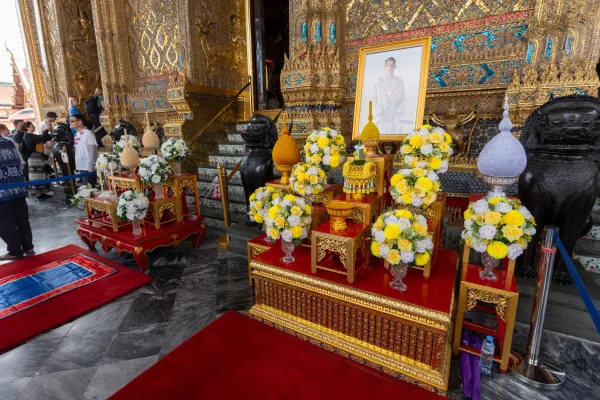 070_Phra_Ubosot
070_Phra_Ubosot 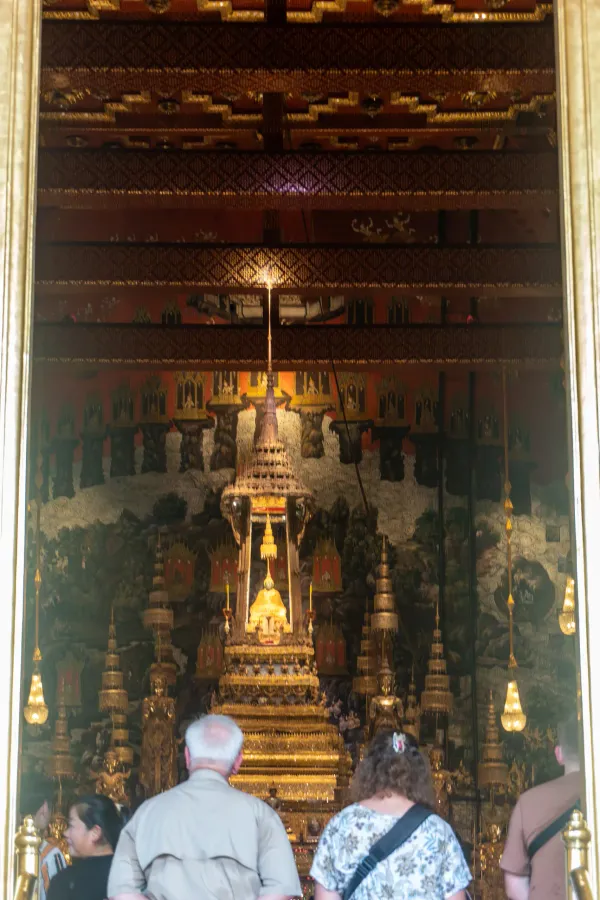 071_Emerald_Buddha
071_Emerald_Buddha 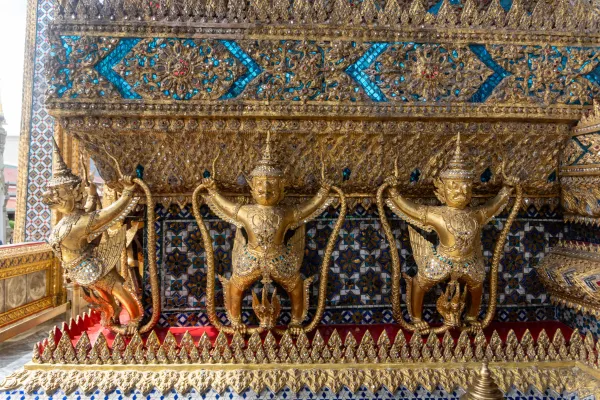 072_Phra_Ubosot
072_Phra_Ubosot 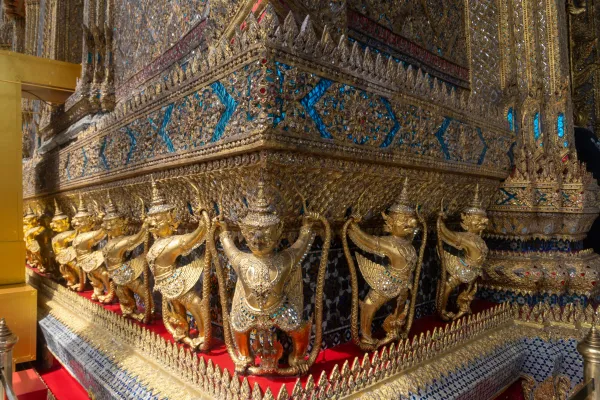 073_Phra_Ubosot
073_Phra_Ubosot 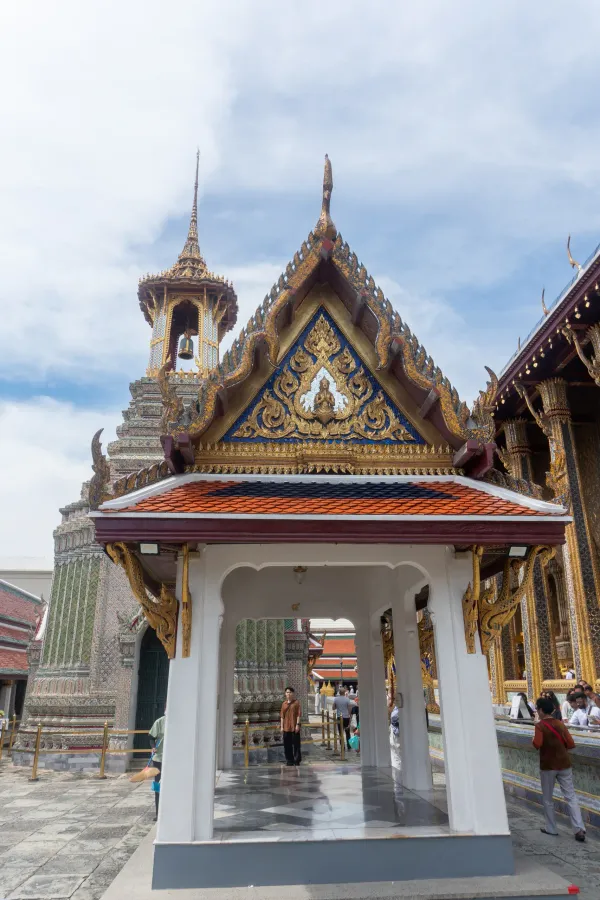 074_Belfry
074_Belfry 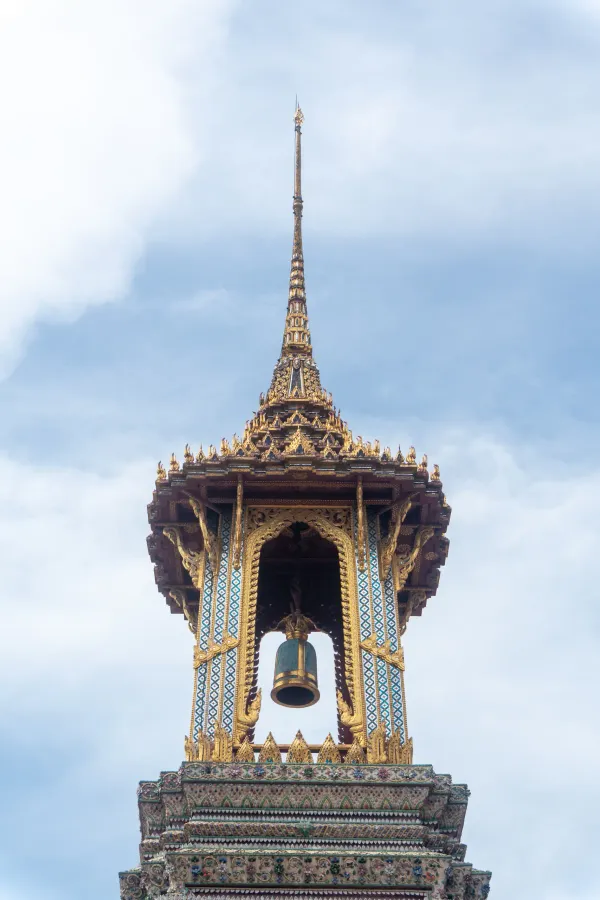 075_Belfry
075_Belfry  076_Belfry
076_Belfry 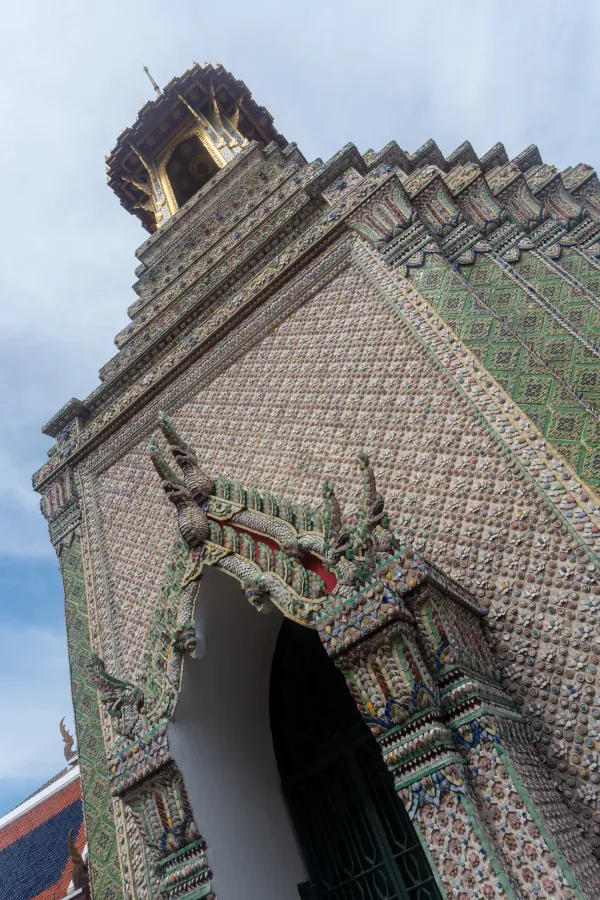 077_Ho_Belfry
077_Ho_Belfry 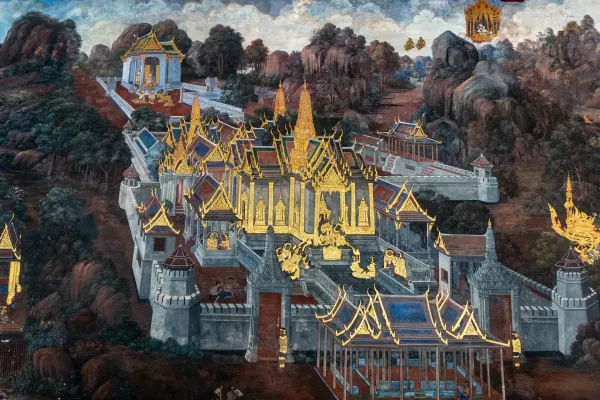 078_mural
078_mural 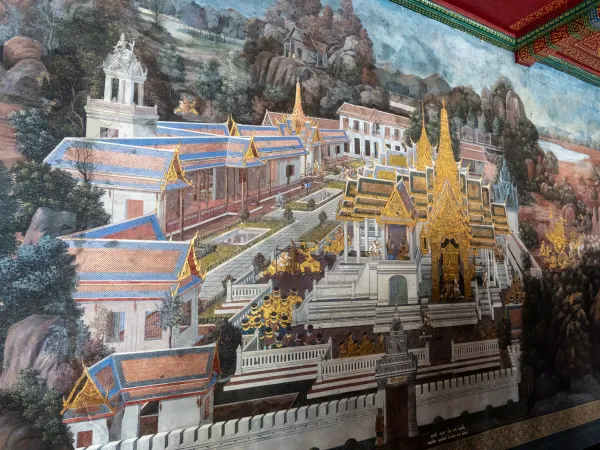 086_mural
086_mural  087_Group
087_Group 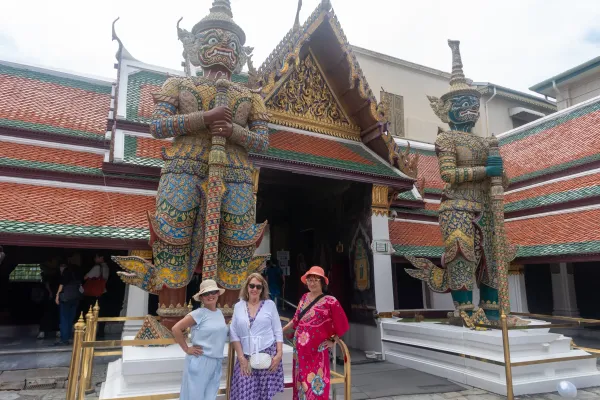 088_Group
088_Group 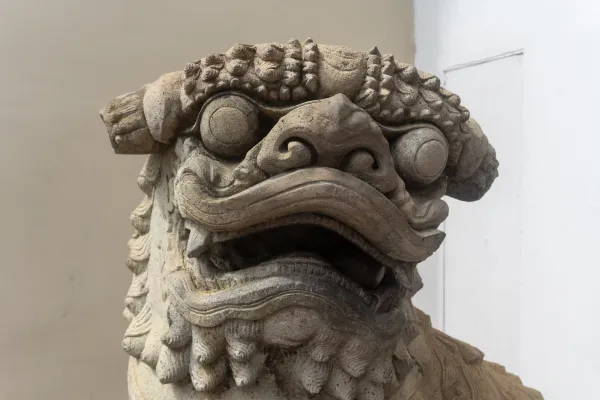 089_Lion
089_Lion 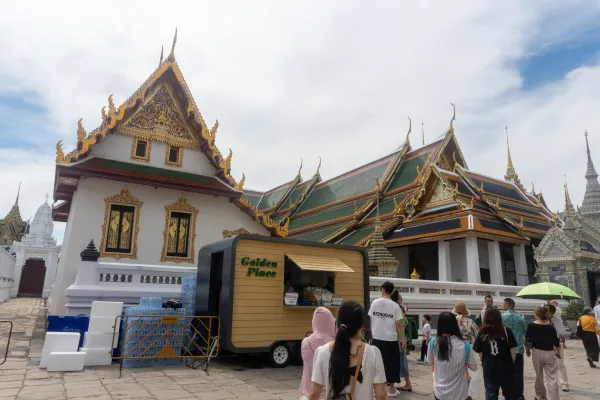 090_Ho_Sastragom_Hall
090_Ho_Sastragom_Hall  091_Phra_Maha_Monthien
091_Phra_Maha_Monthien  092_Group
092_Group 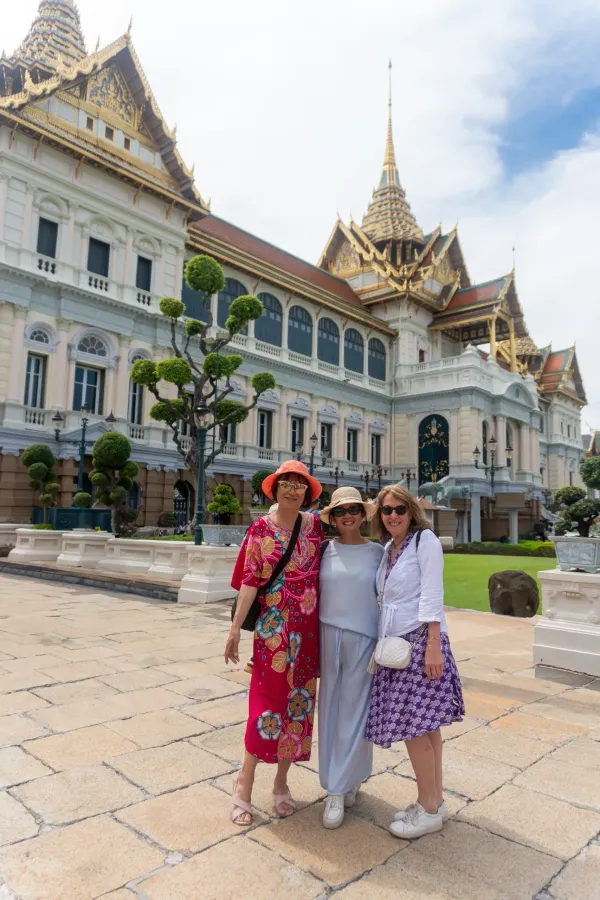 093_Group
093_Group 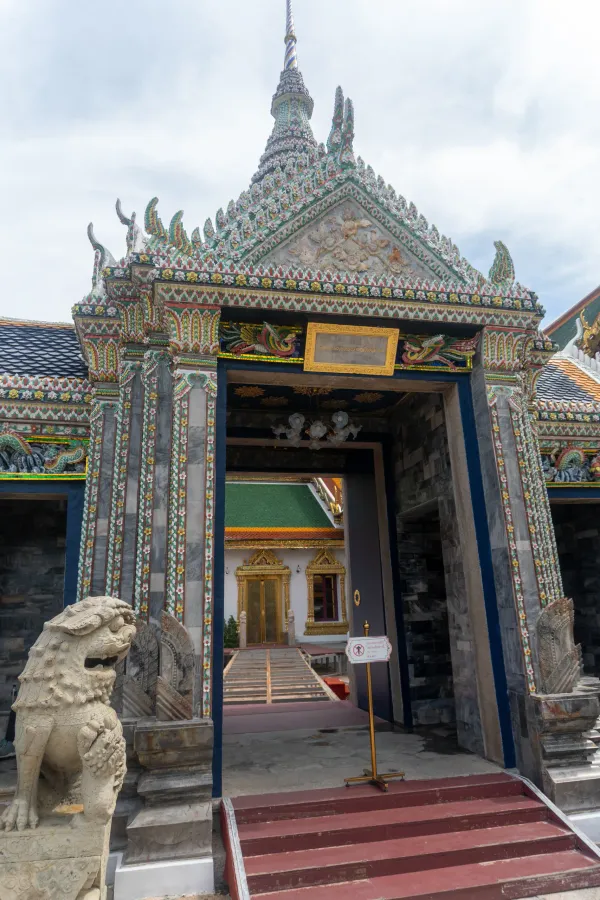 094_Phra_Maha_Monthien
094_Phra_Maha_Monthien 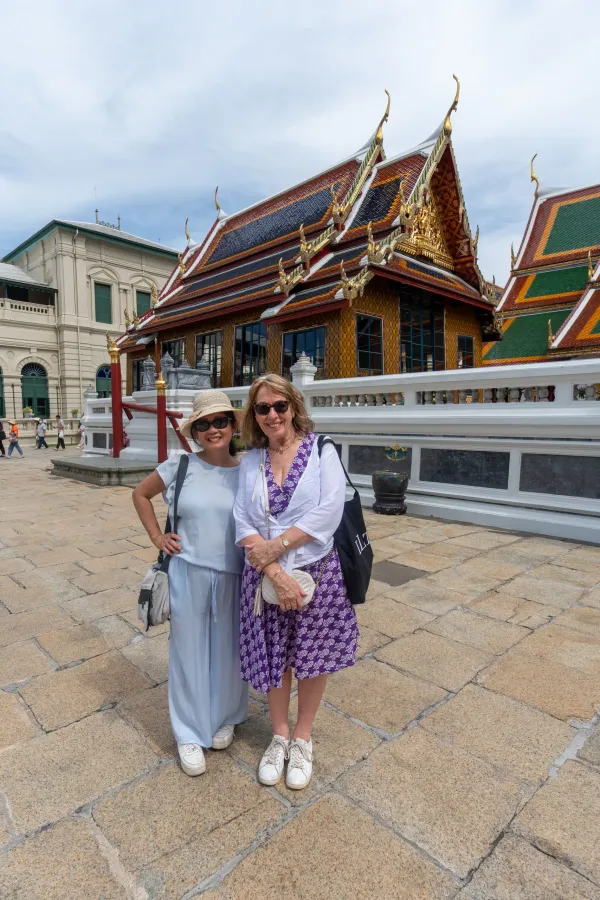 095_Margaret_and_Belinda
095_Margaret_and_Belinda  096_Chris
096_Chris 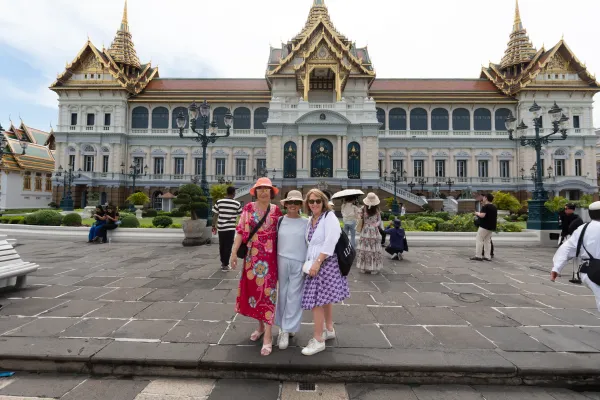 097_Group
097_Group  098_Phra_Thinang_Chakri_Maha_Prasad
098_Phra_Thinang_Chakri_Maha_Prasad  099_Dusit_Maha_Prasad_Throne_Hall
099_Dusit_Maha_Prasad_Throne_Hall  100_Grand_Palace
100_Grand_Palace  101_Abhorn_Bimok_Pavilion
101_Abhorn_Bimok_Pavilion 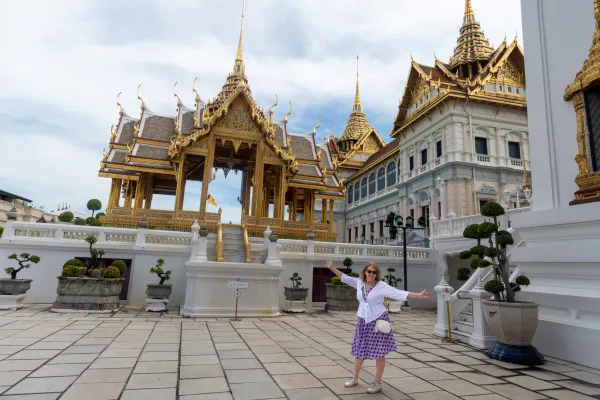 102_Belinda
102_Belinda  103_Margaret
103_Margaret 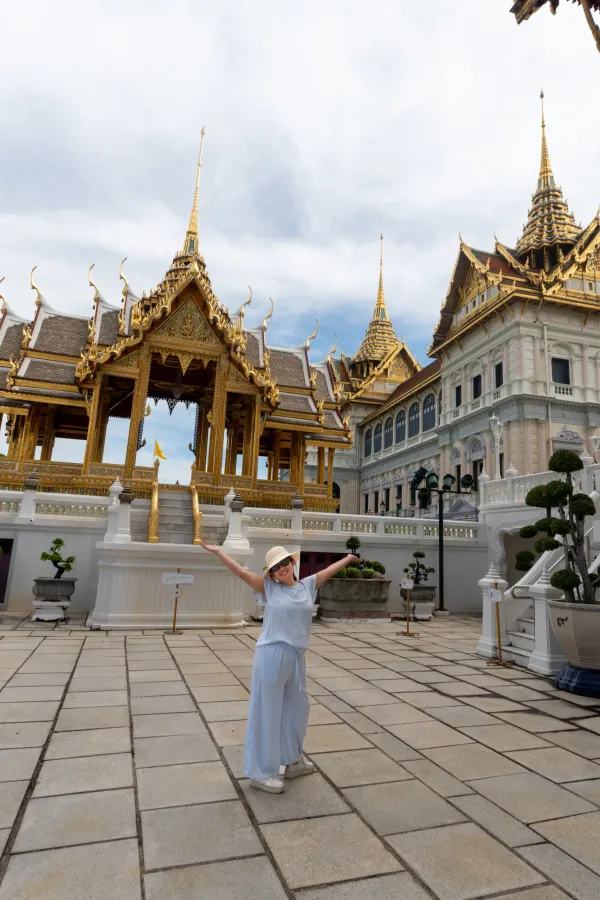 104_Margaret
104_Margaret 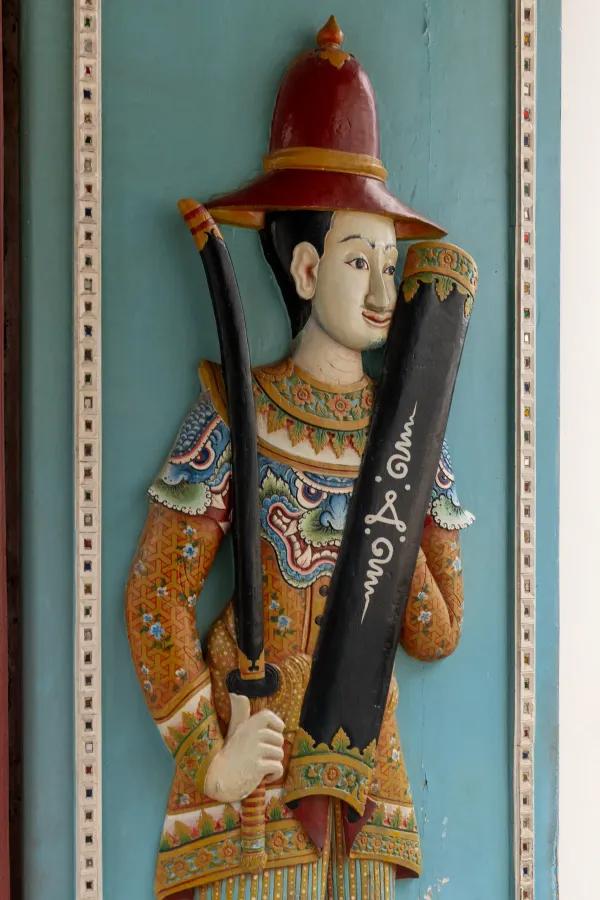 105_Grand_Palace
105_Grand_Palace  106_Museum_of_The_Temple_of_the_Emerald_Buddha
106_Museum_of_The_Temple_of_the_Emerald_Buddha 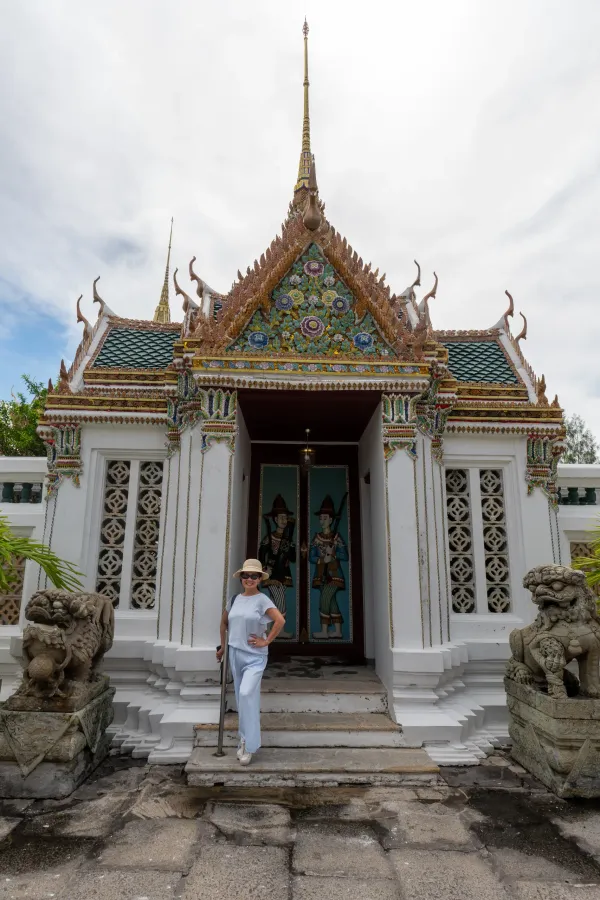 107_Margaret
107_Margaret 